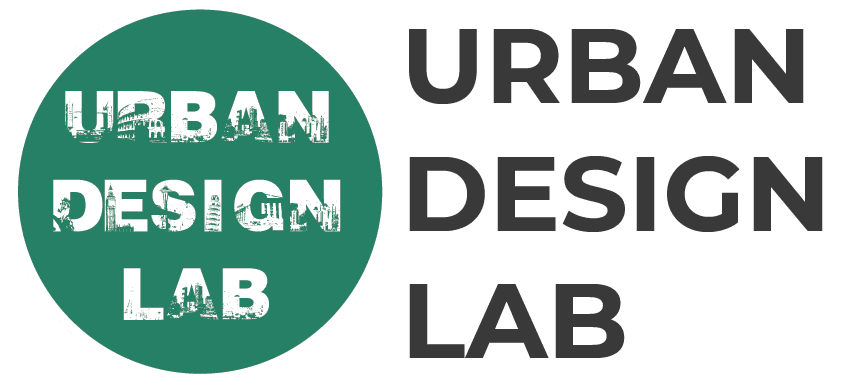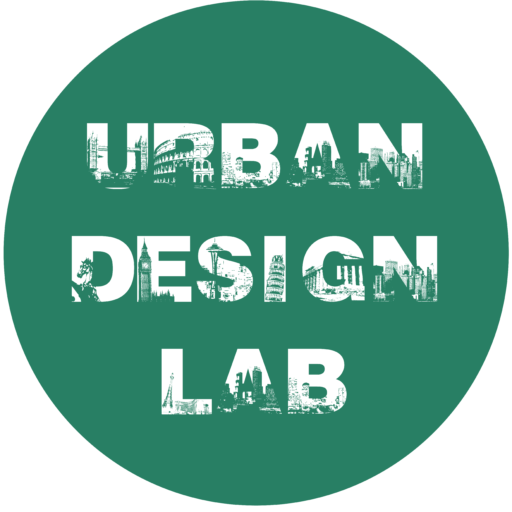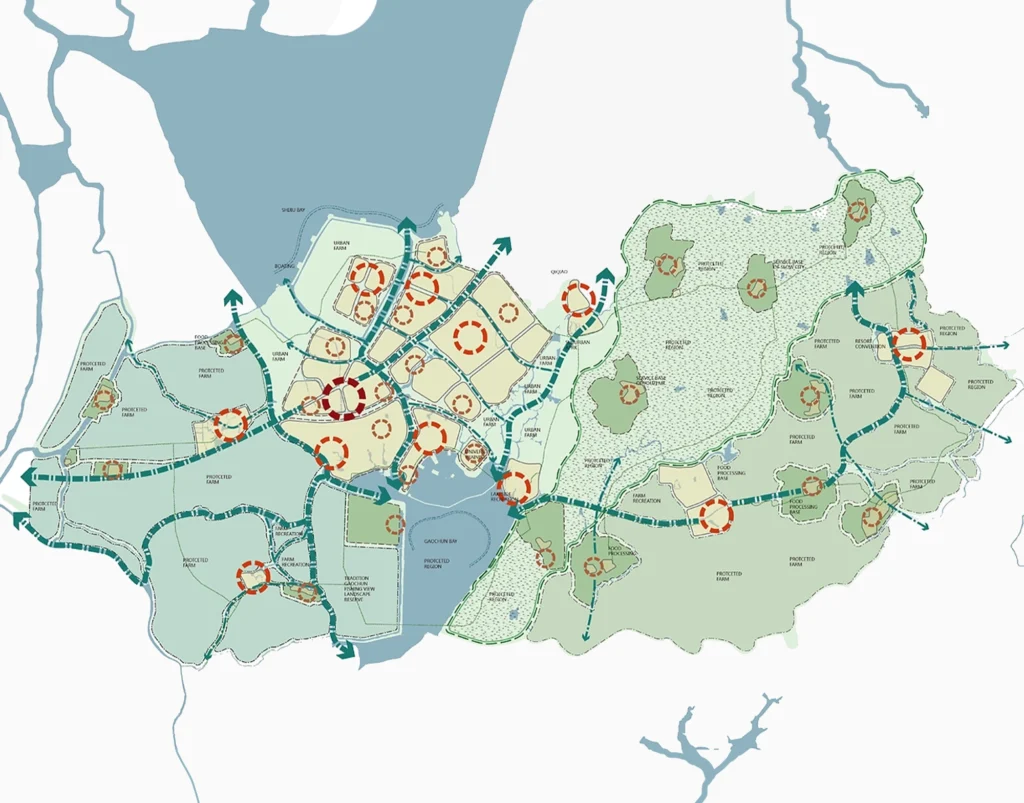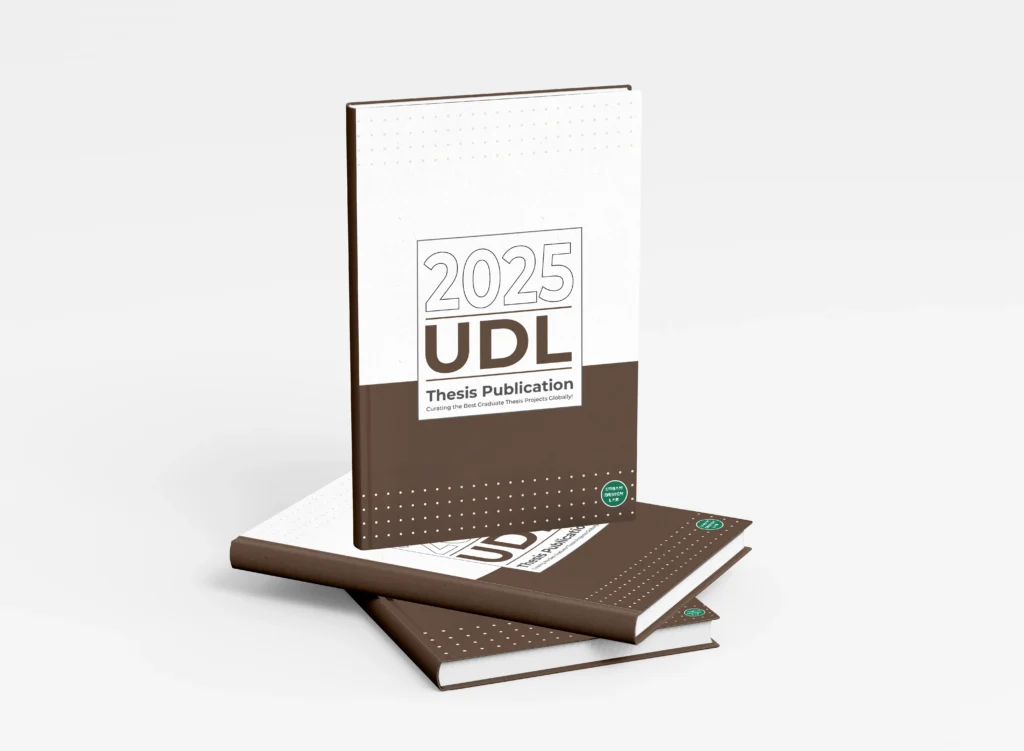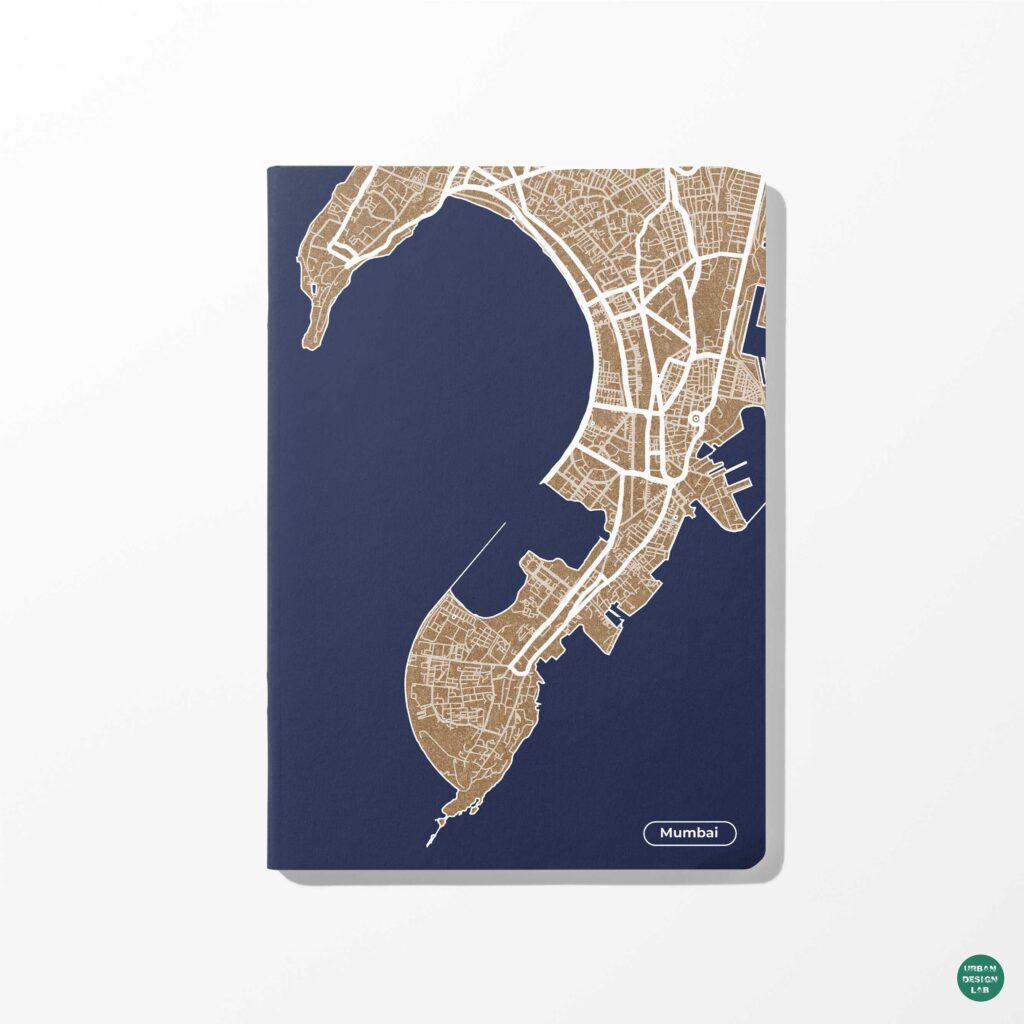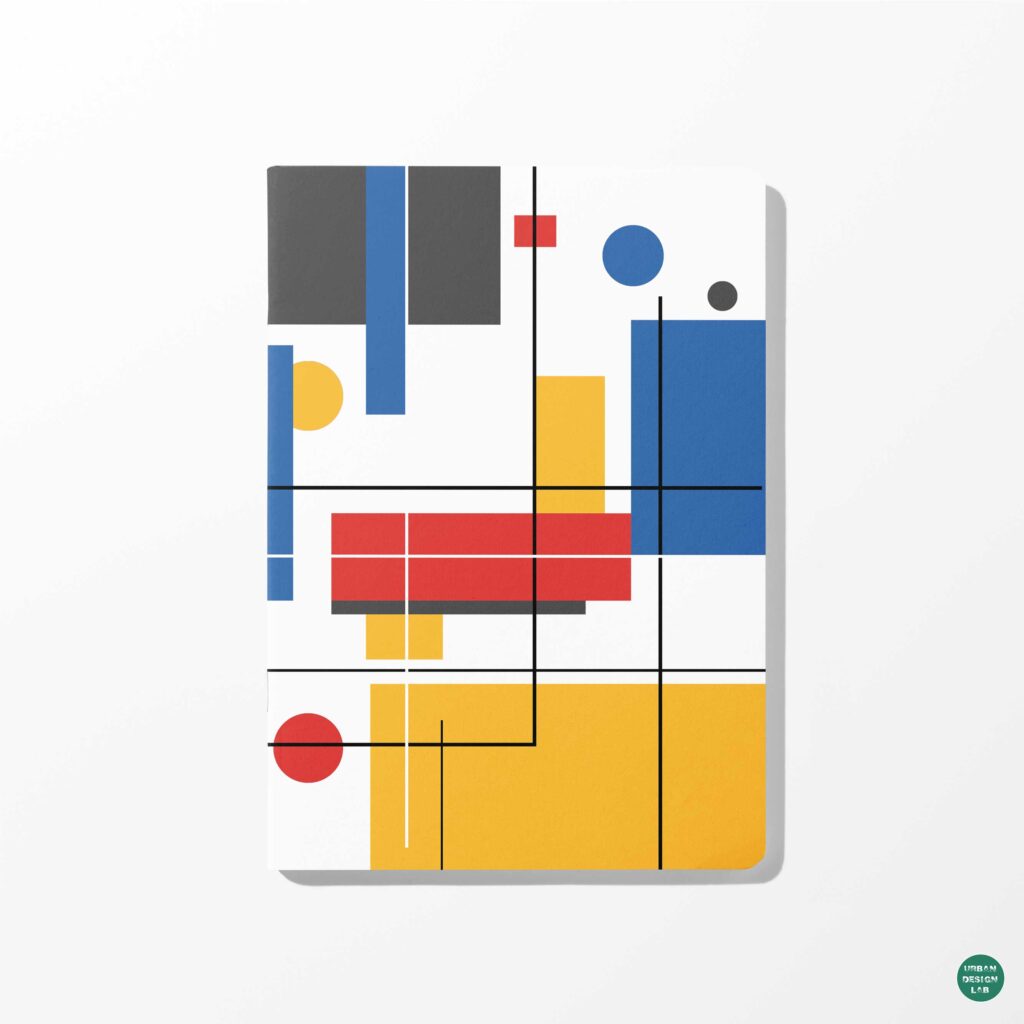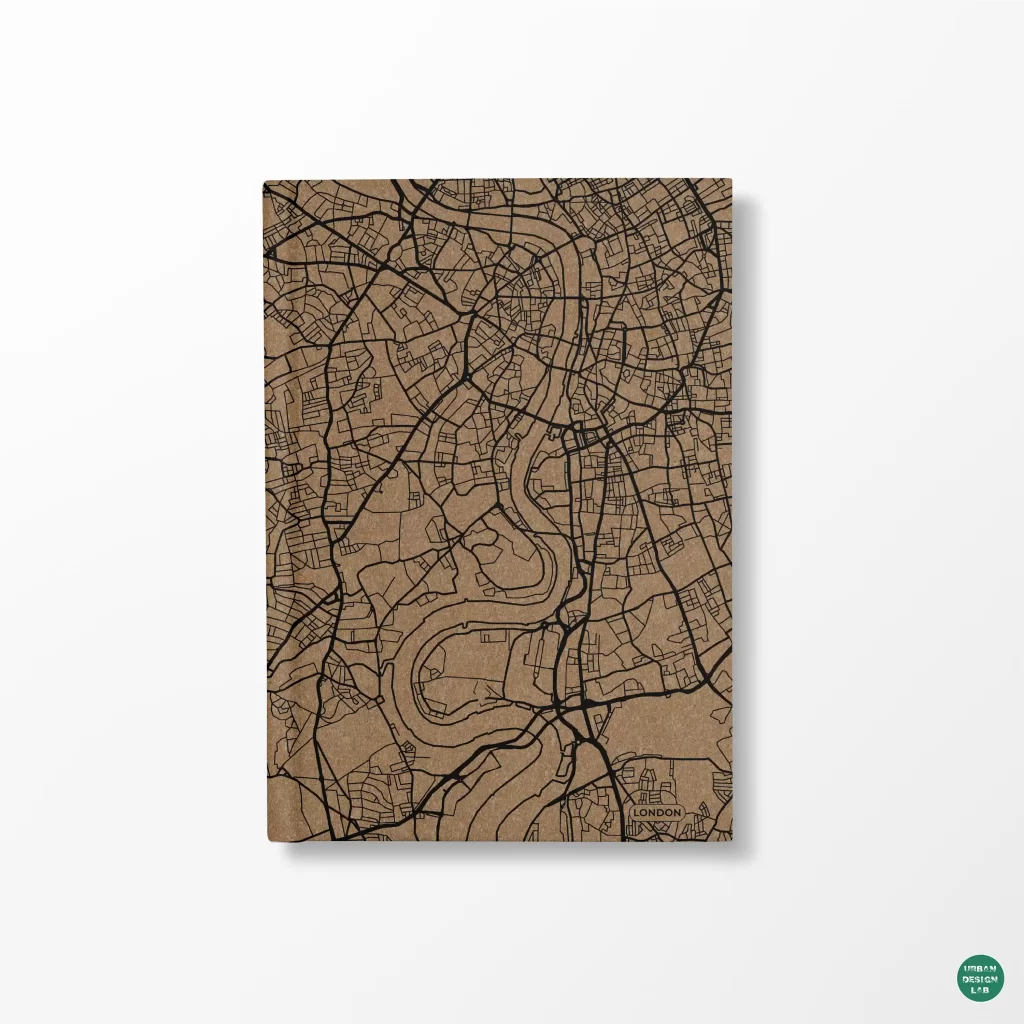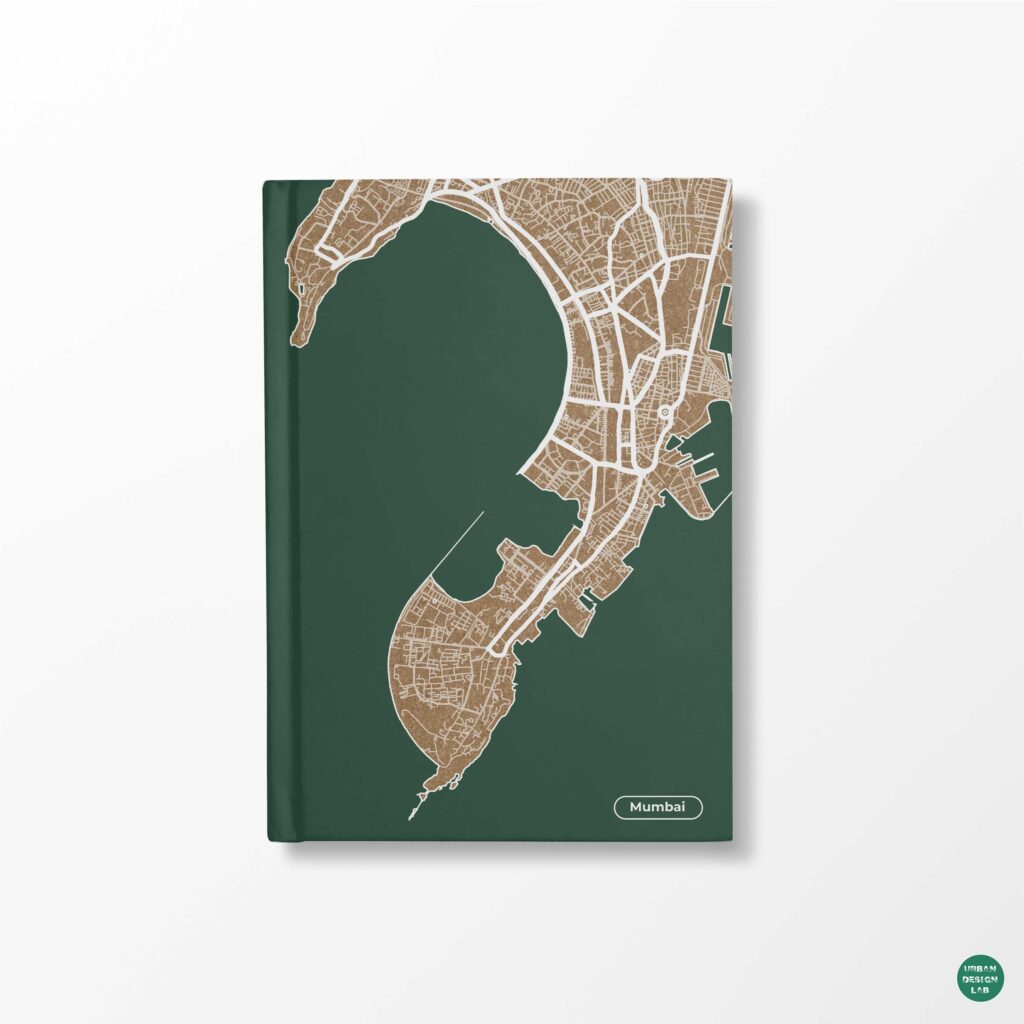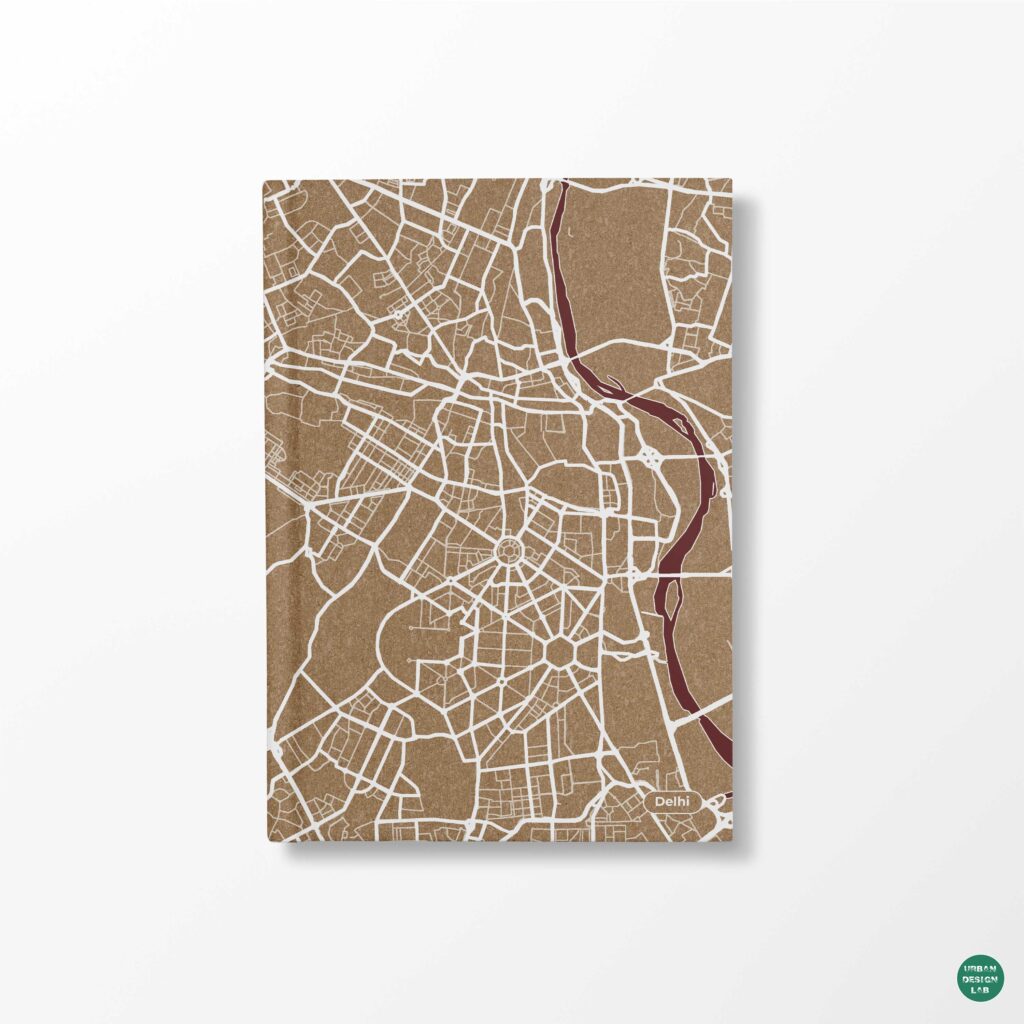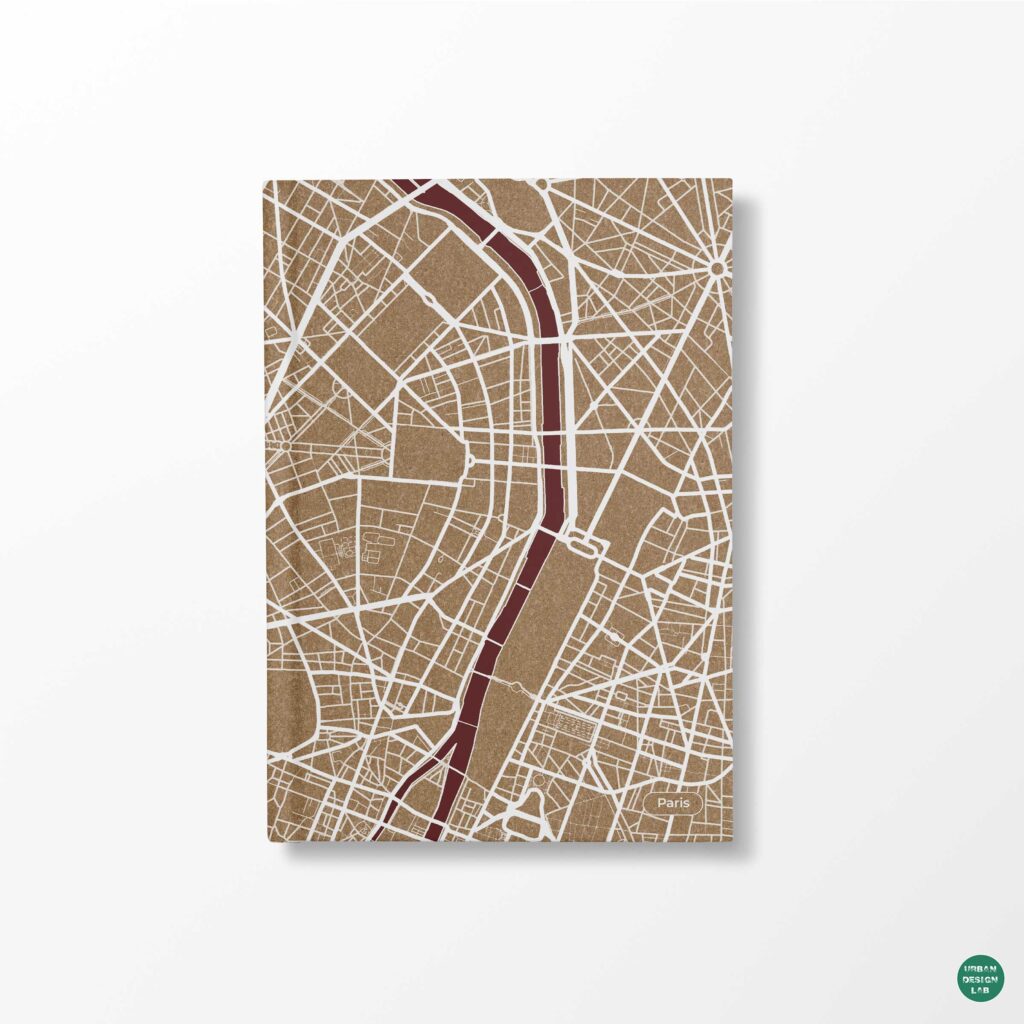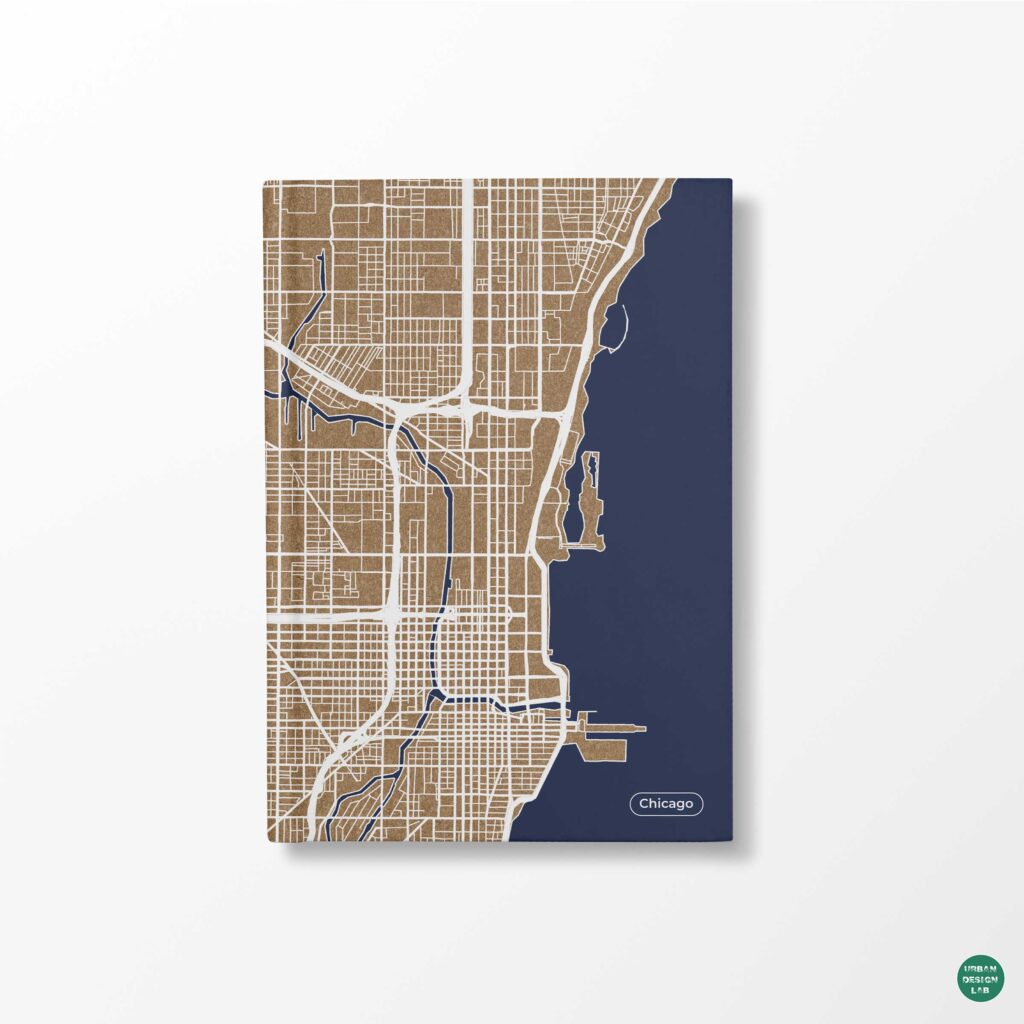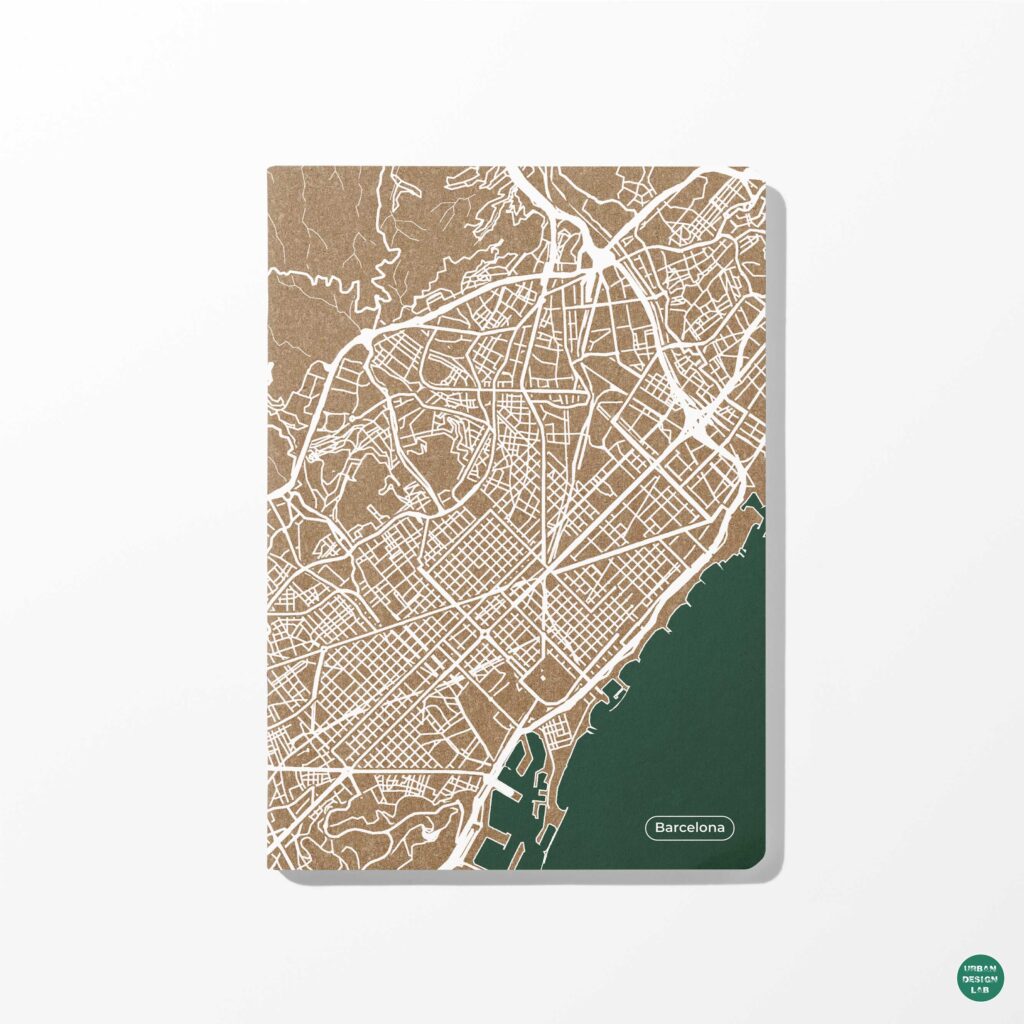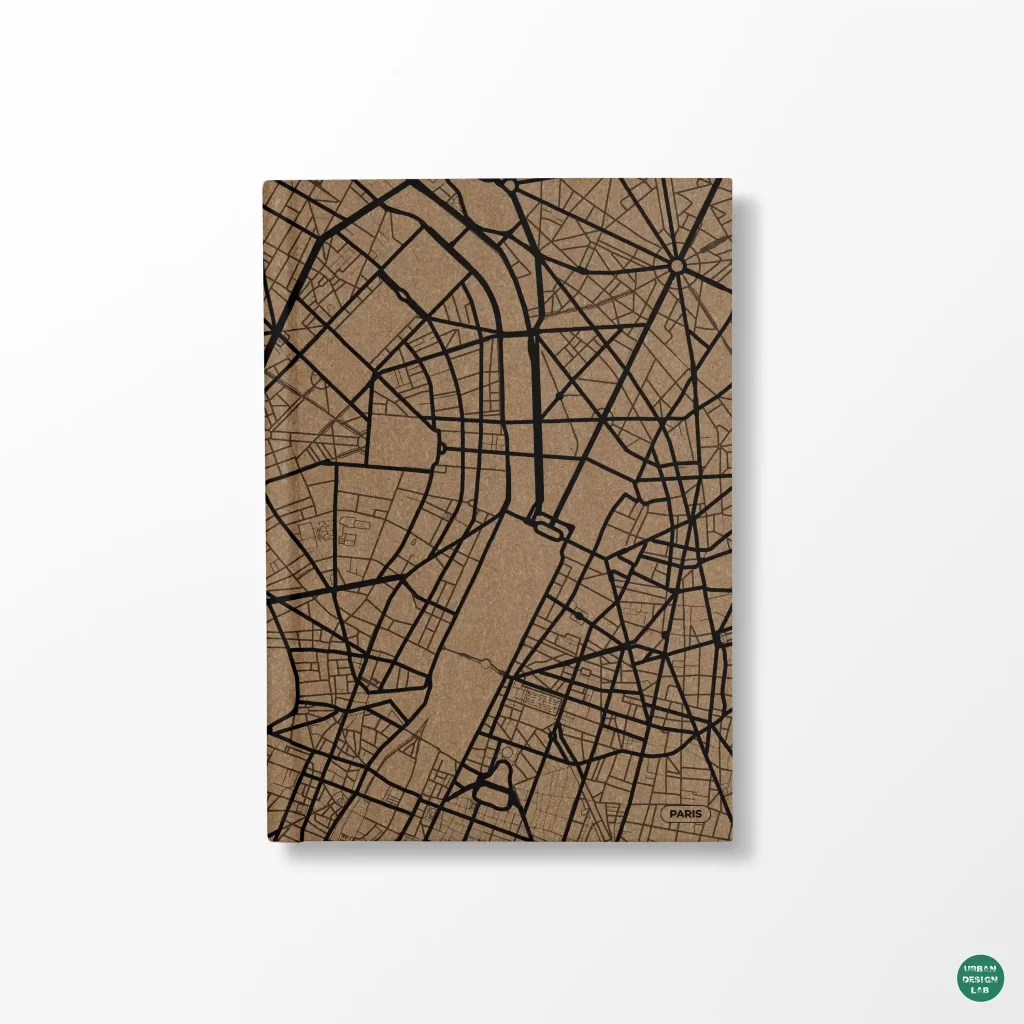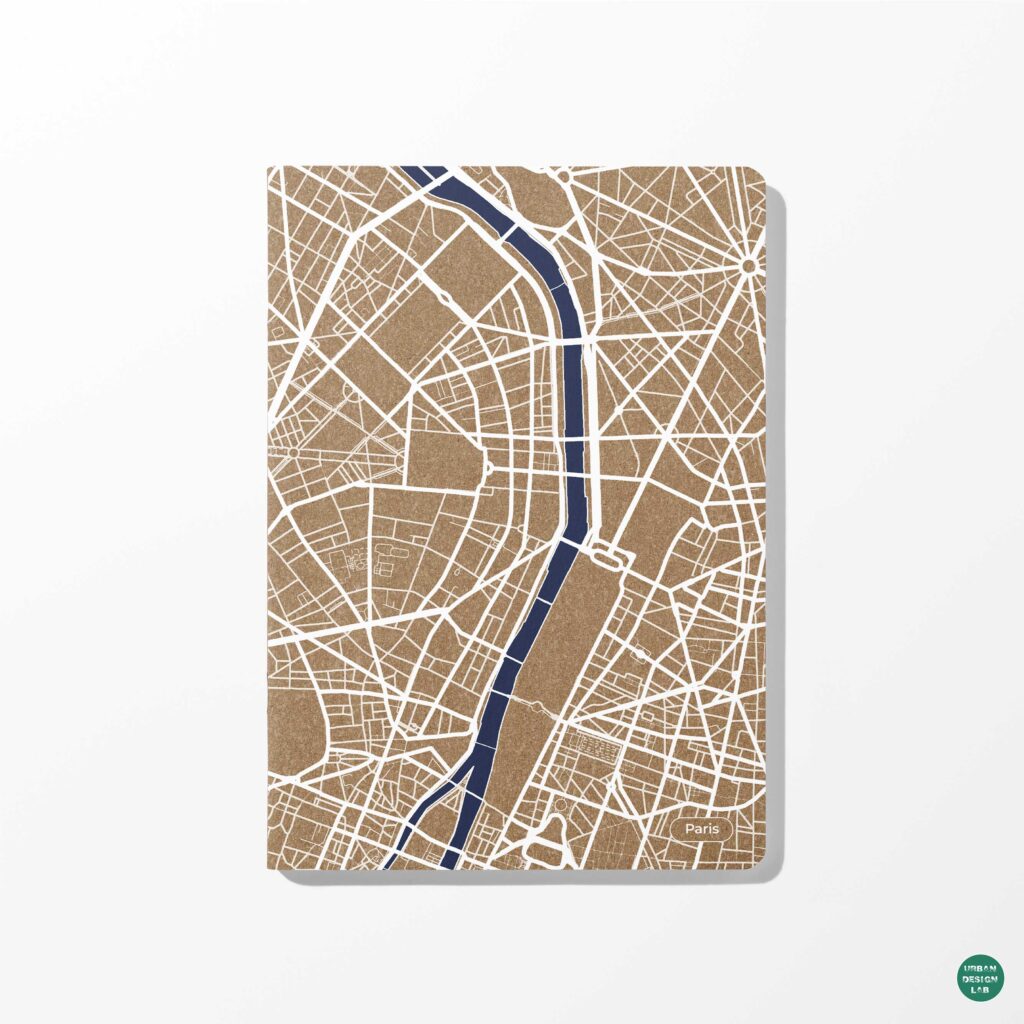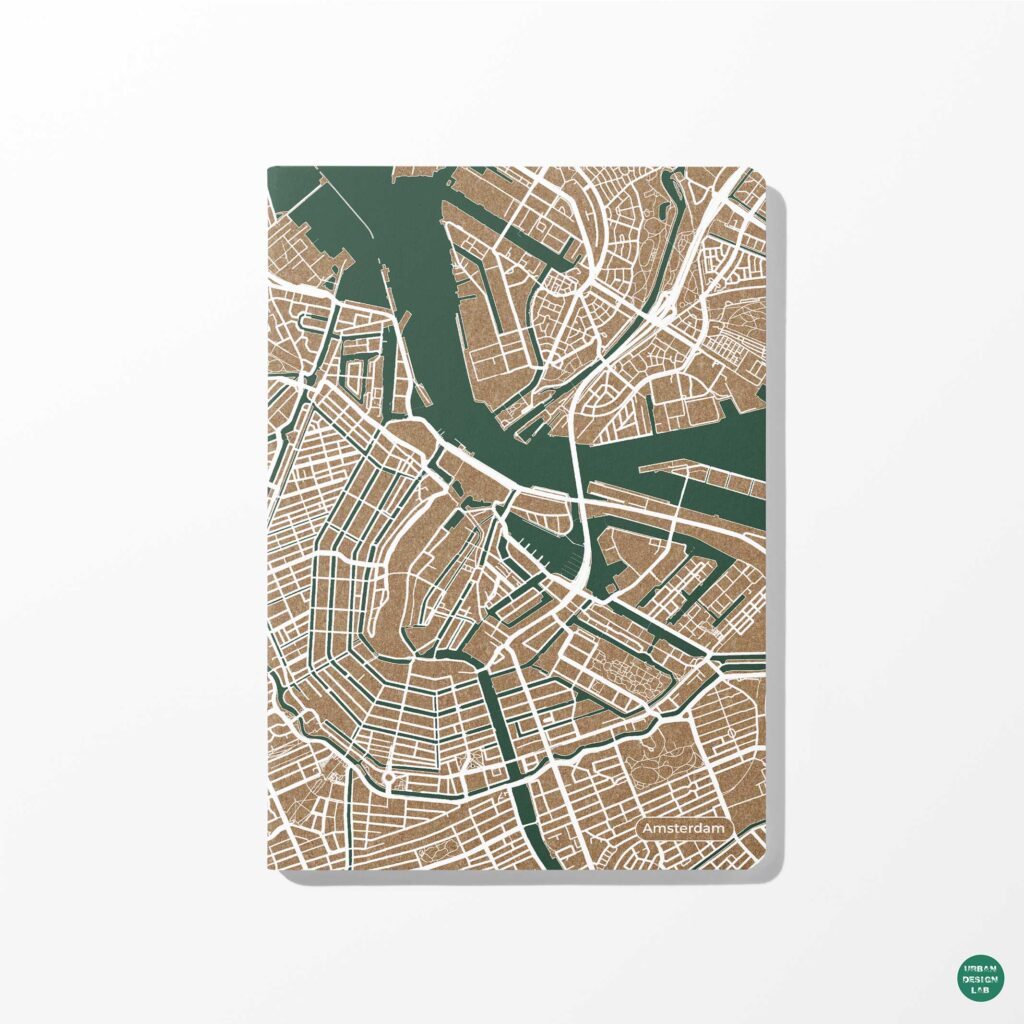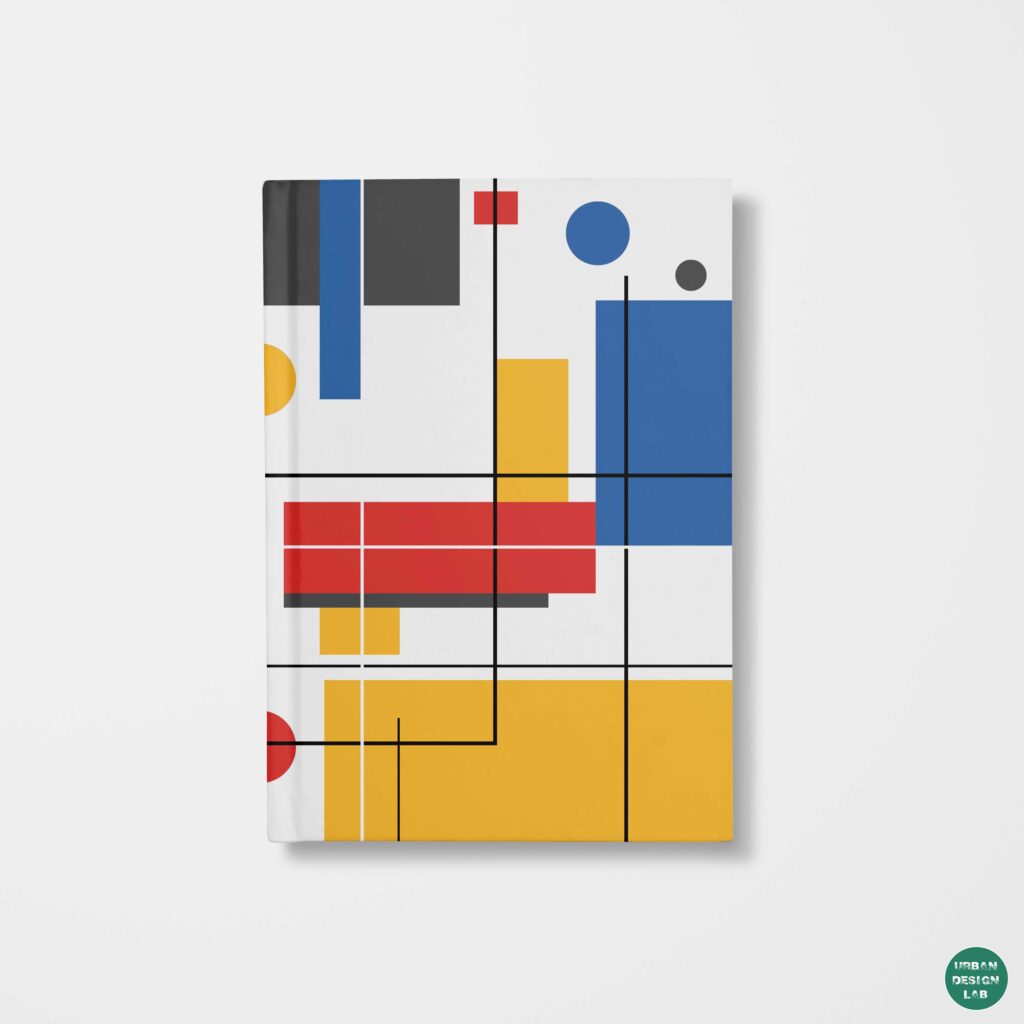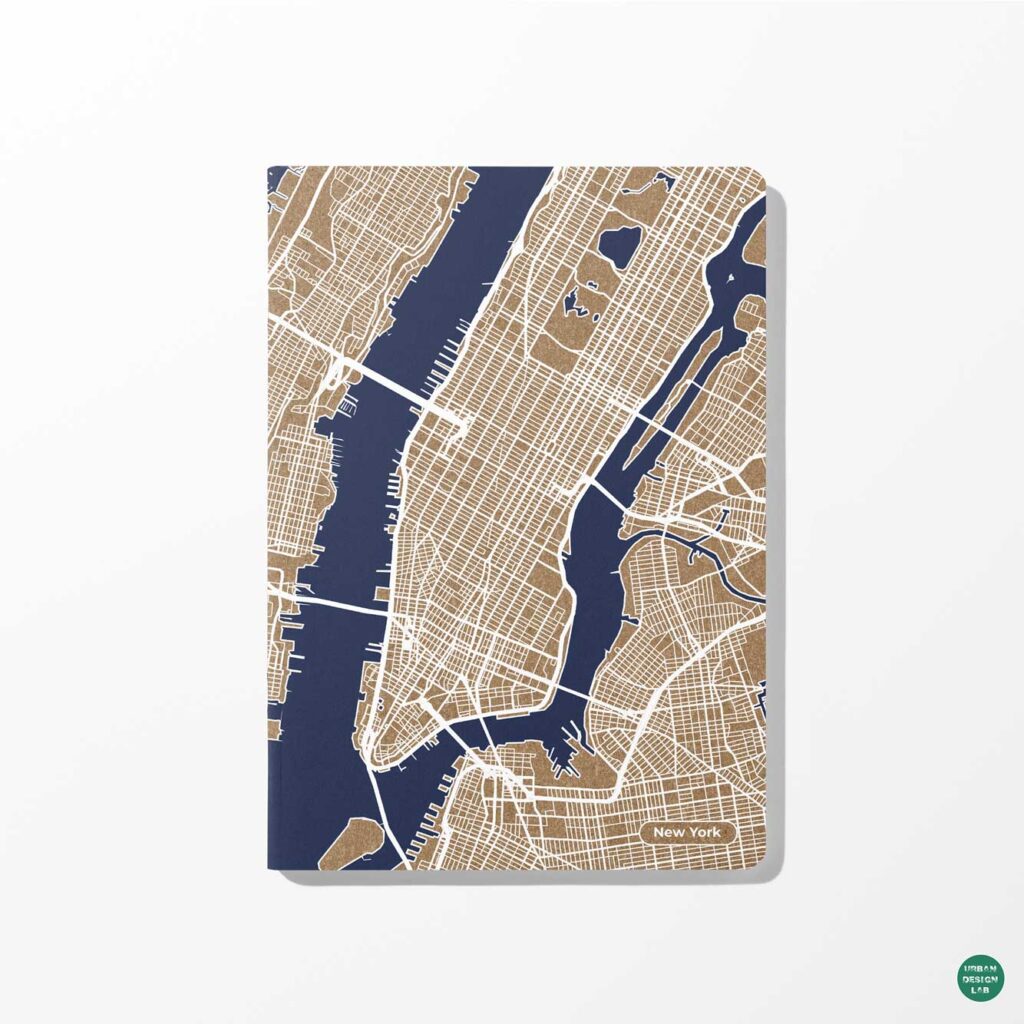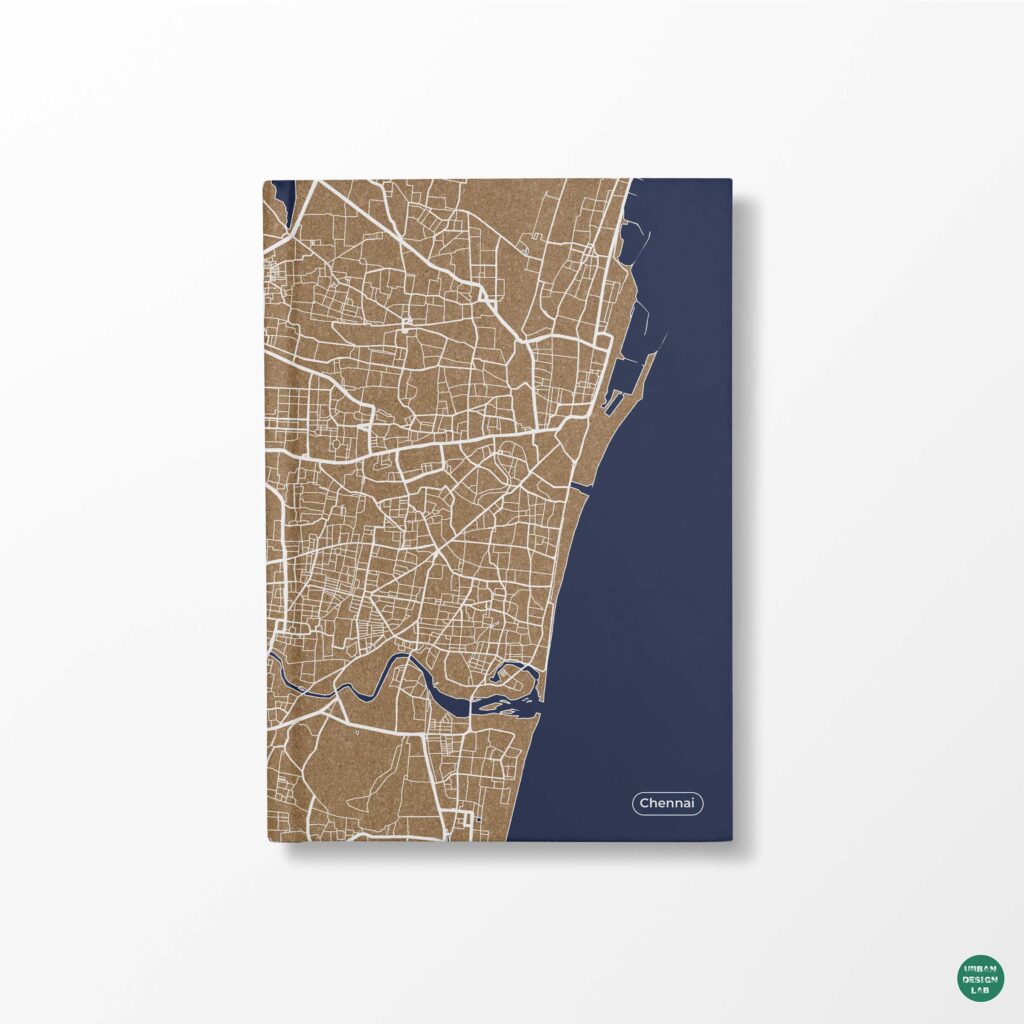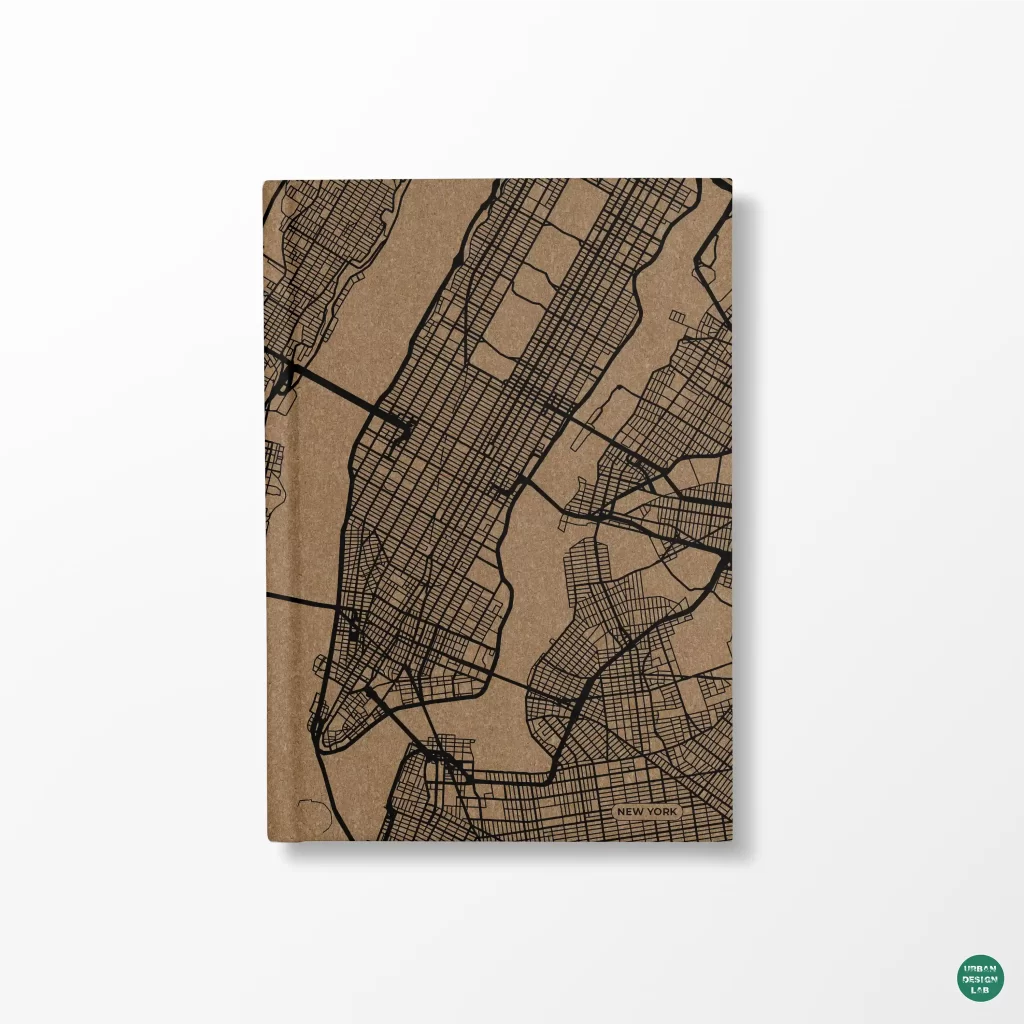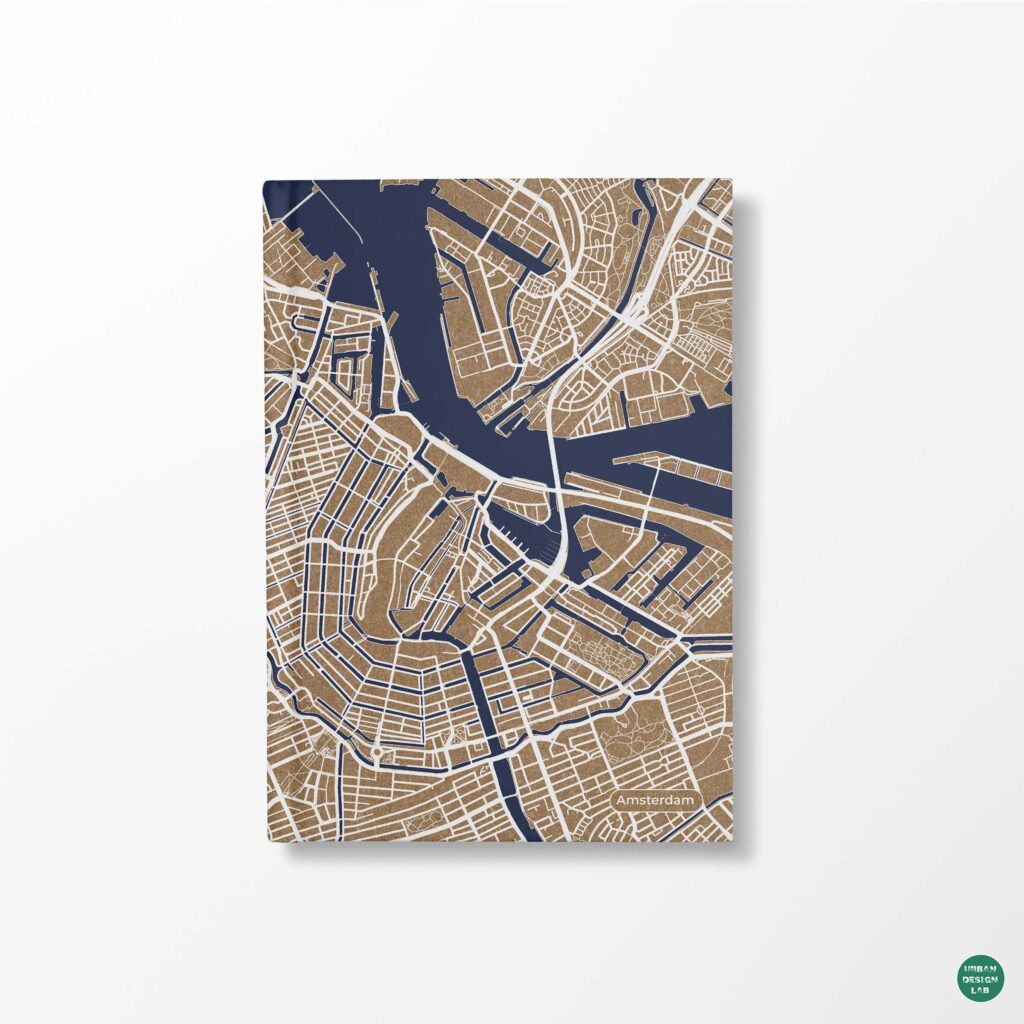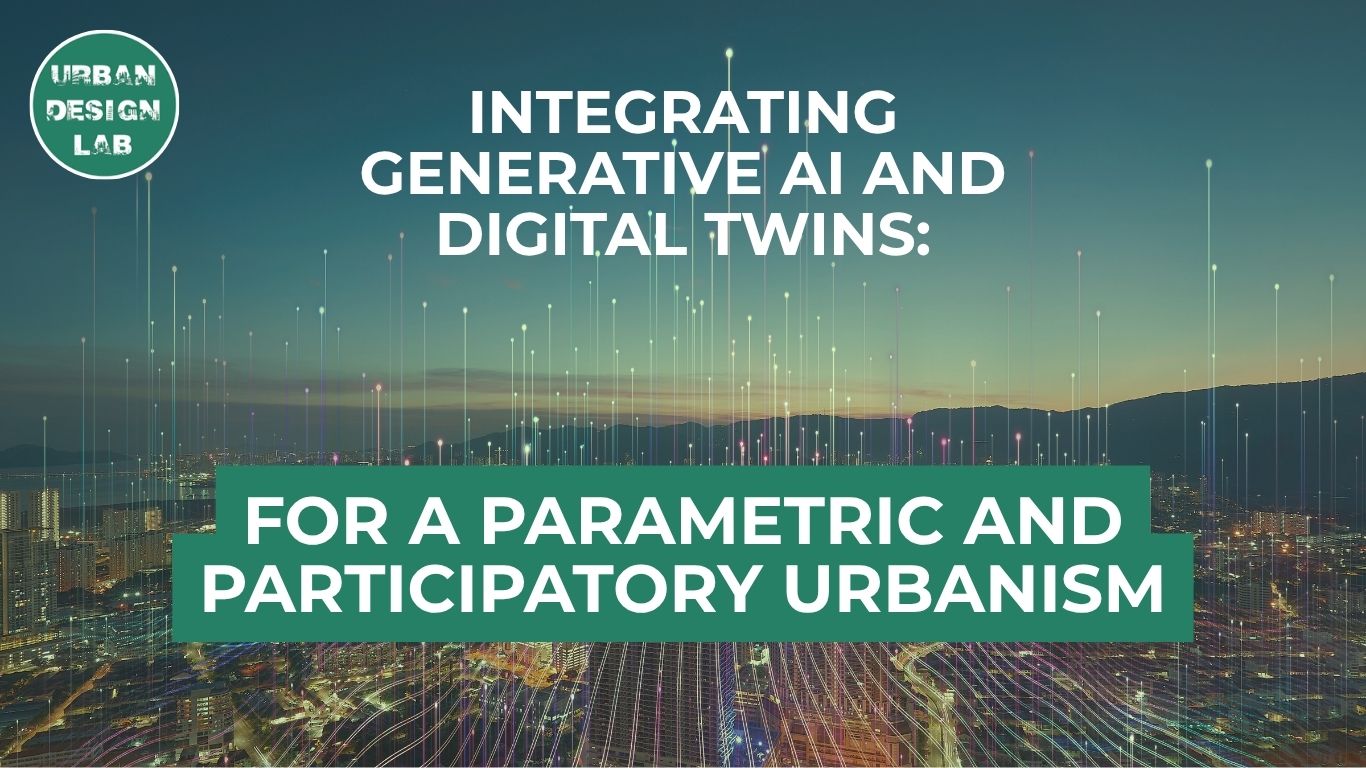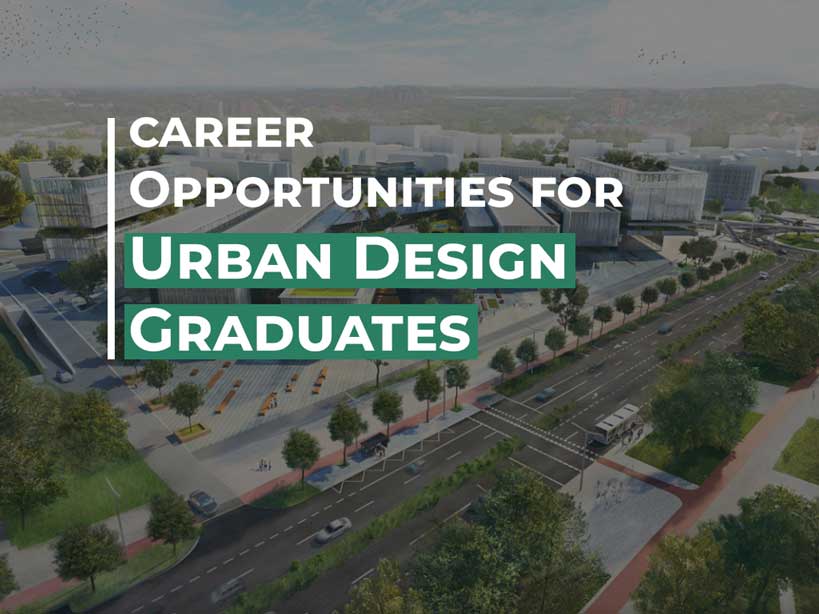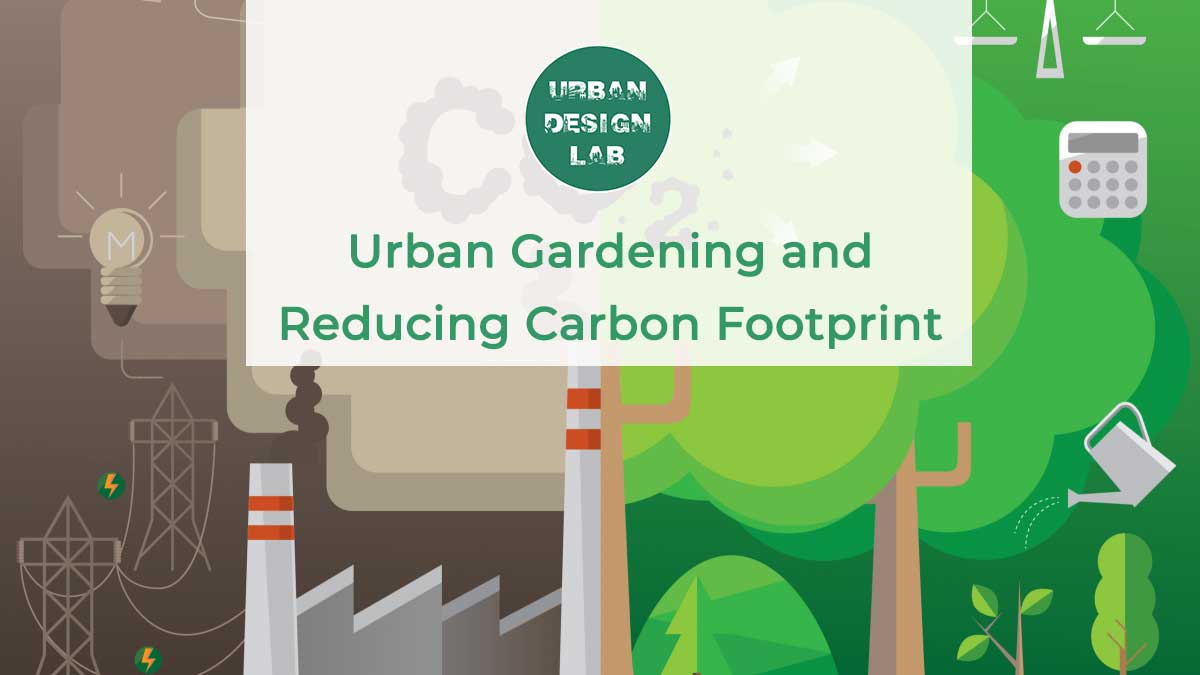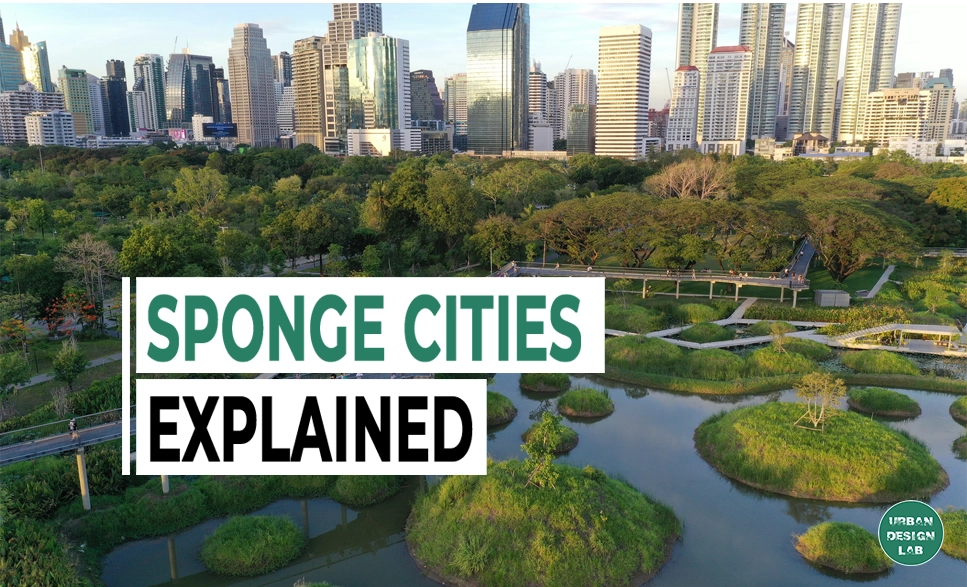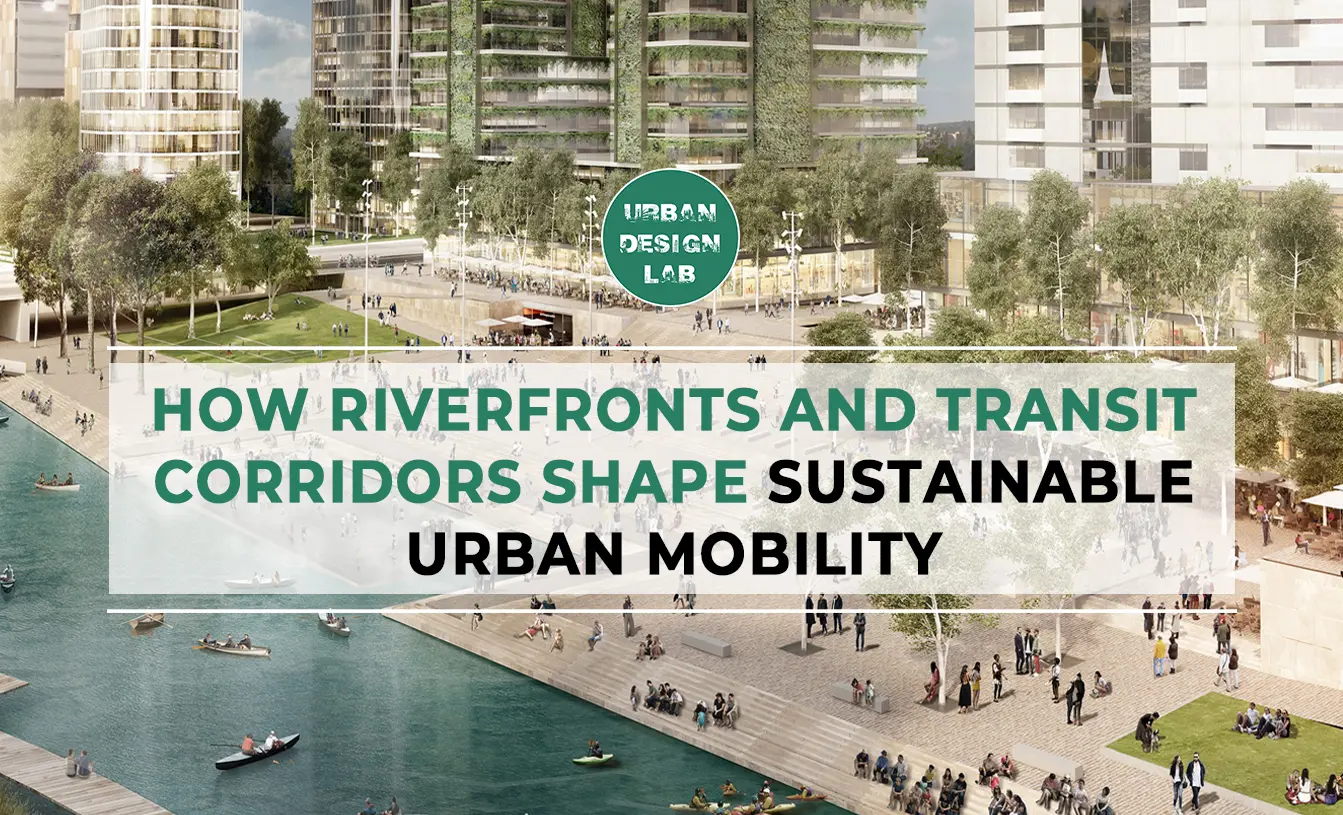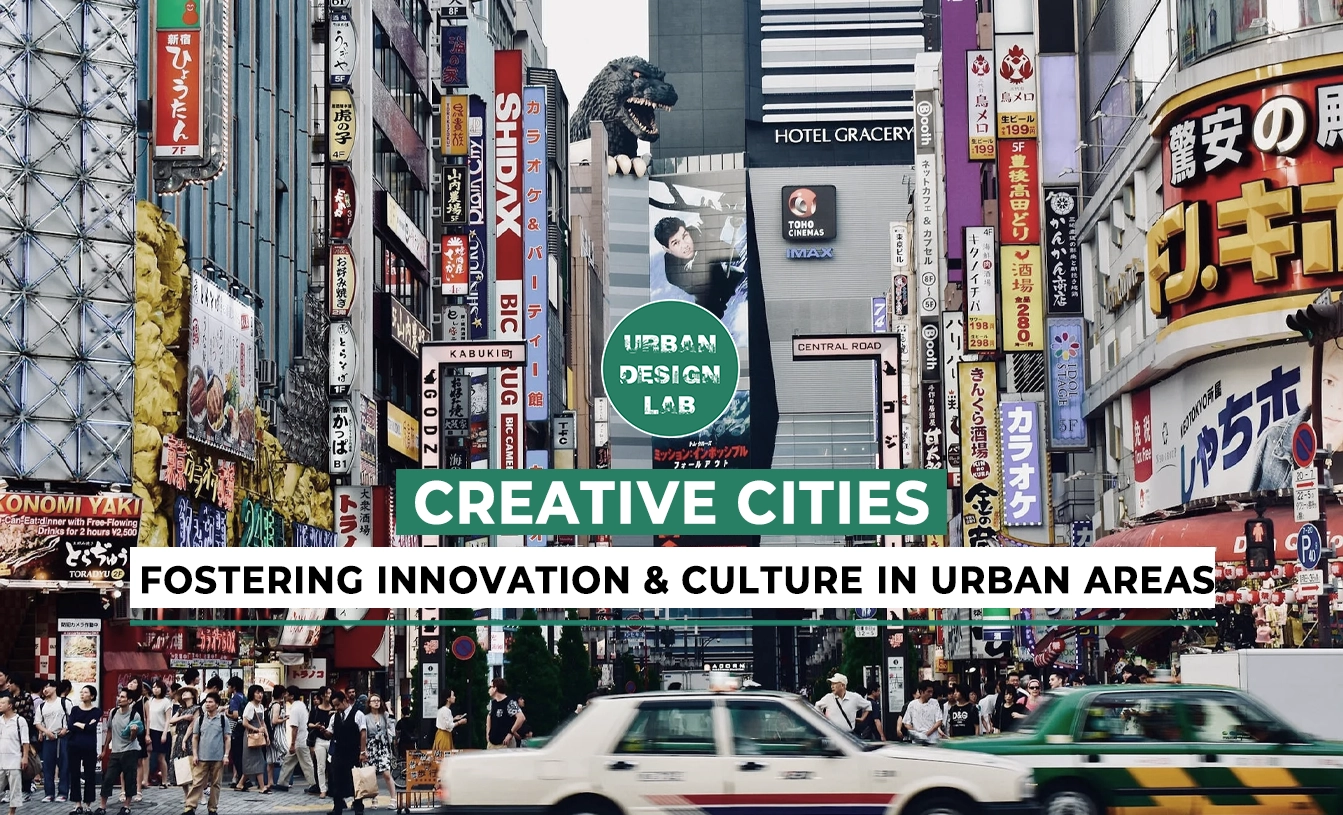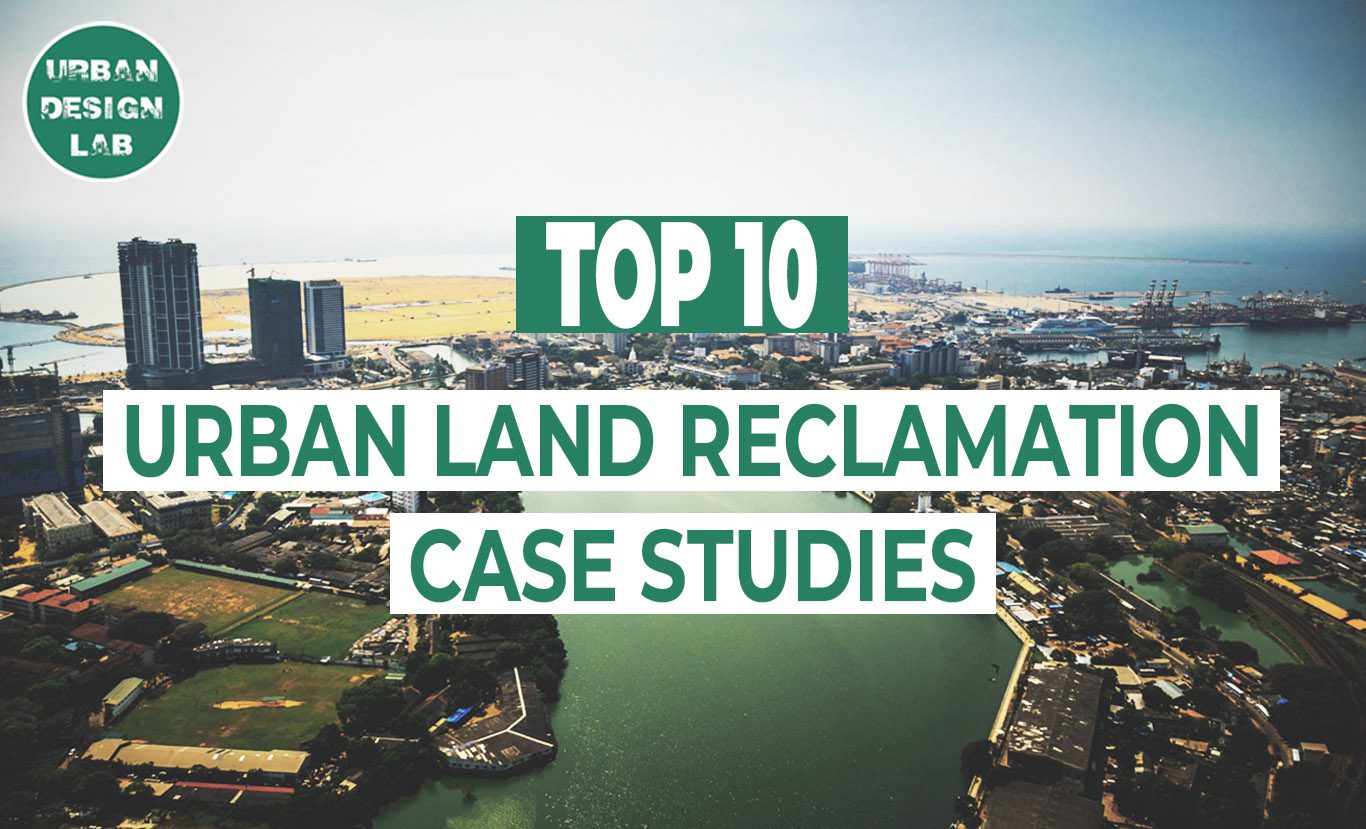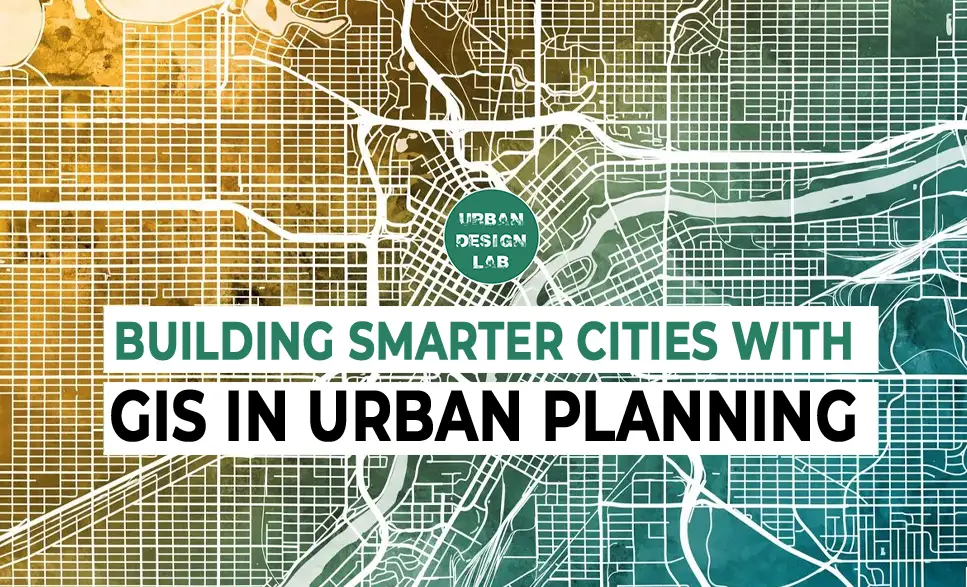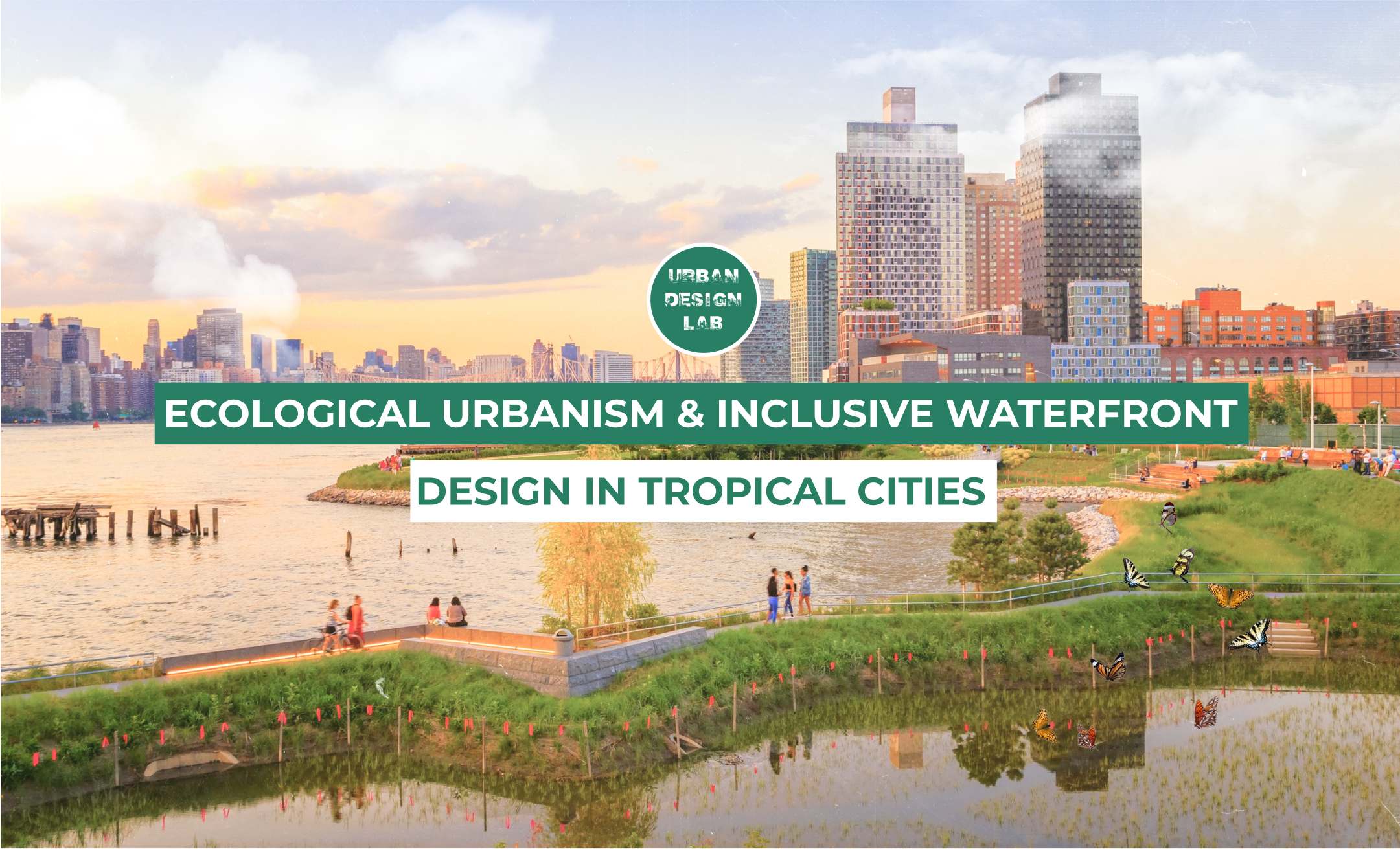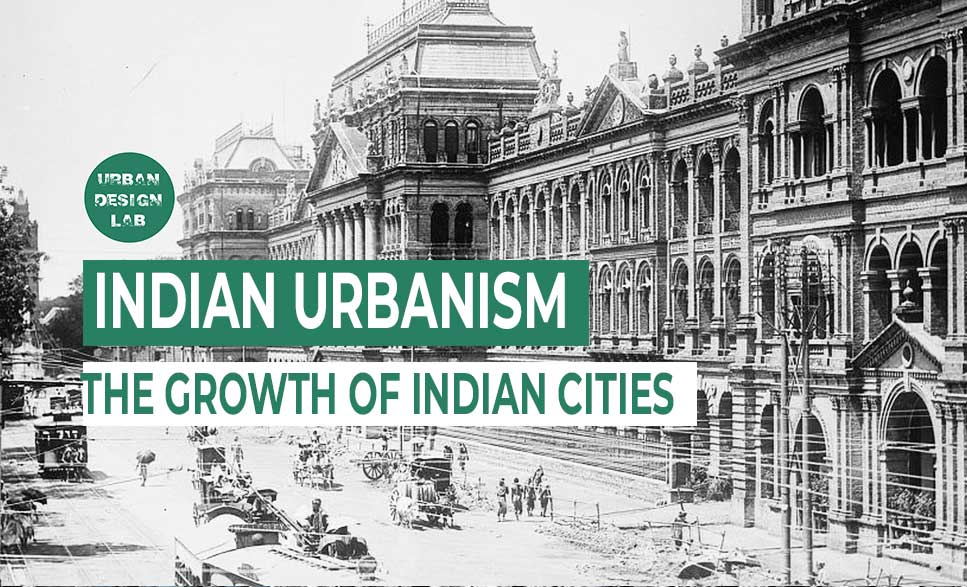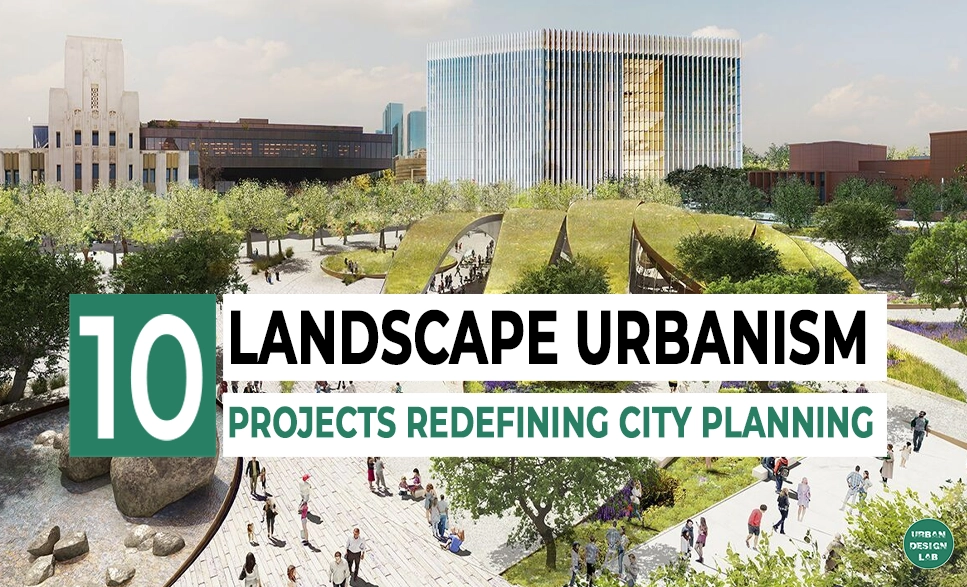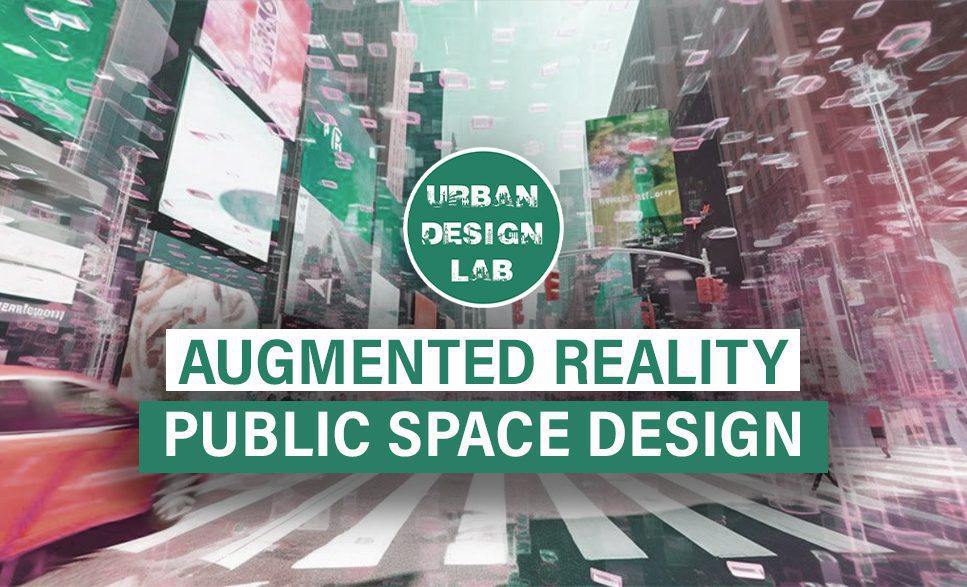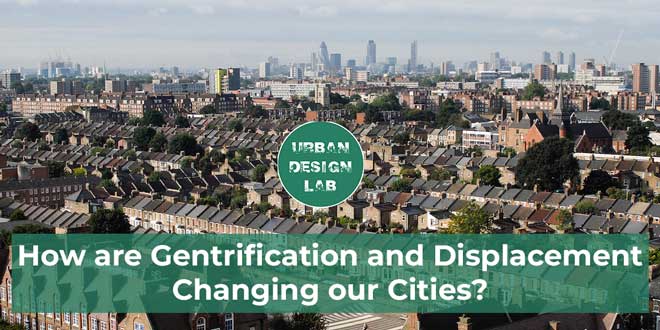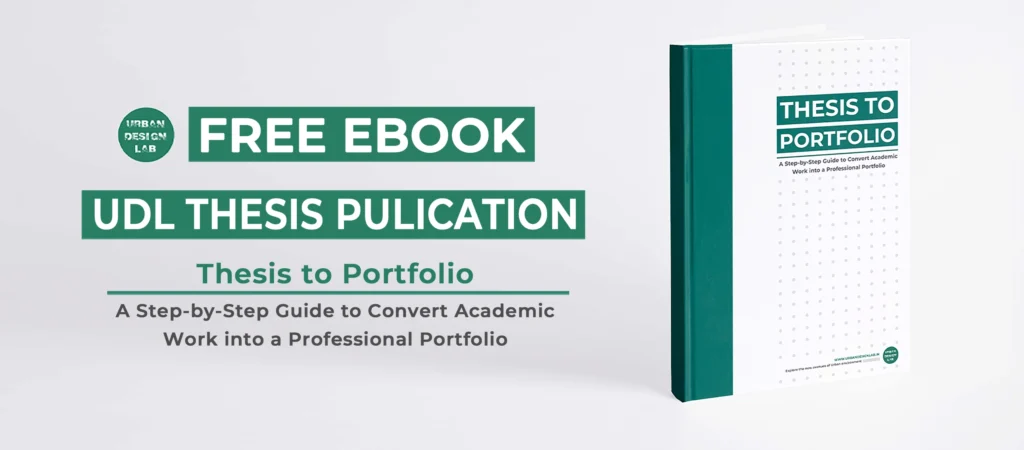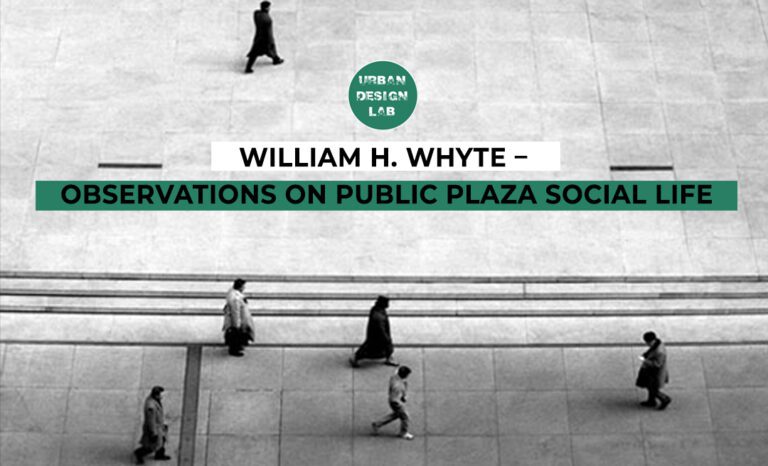
Grassroots City-Making Through Tactical Urbanism That Empowers Communities
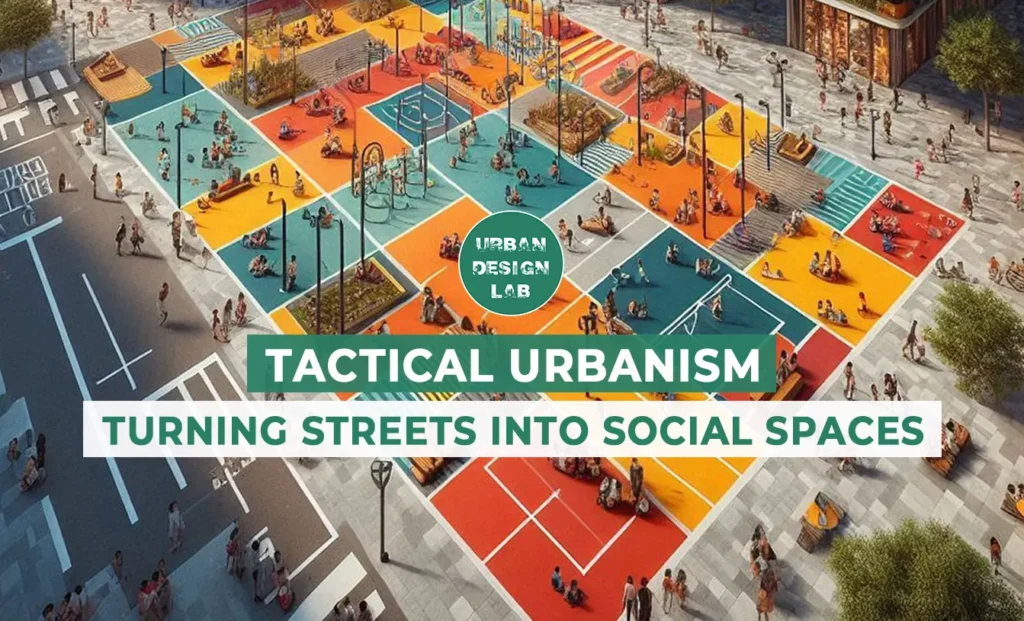
Tactical Urbanism (TU) is a grassroots approach to urban improvement that empowers local residents to make small, temporary changes to public spaces without waiting for formal approval or funding. These actions highlight community needs and demonstrate potential solutions in a low-cost, low-risk way. TU challenges the often slow and bureaucratic nature of traditional urban planning by allowing residents to reclaim their spaces and advocate for more inclusive, people-centered design. While some projects may exist in a legal gray area, they often serve as prototypes or public statements, drawing attention to gaps in infrastructure or services. TU does not replace formal governance but complements it; it provides insight into what communities value and need. Ultimately, Tactical Urbanism shifts the power to shape cities into the hands of those who use them every day, reinforcing the idea that public space should be influenced by the people it serves.
What is “tactical urbanism”?
Improving our cities and our streets is one of the quintessential goals of an urbanist. Meaningful change, however, takes time; it takes potentially years of bureaucracy and planning, political will, and significant capital investment. Tactical Urbanism (TU) supplements this shortcoming by offloading this burden to local actors to enact this change in a way that is borne wholly of the needs of the residents.
The term “Tactical Urbanism” became popular in the mid-2000s and is used to describe the informal, often temporary betterment/modifications of an urban space. Often thought of as a form of ‘guerilla urbanism,’ TU is an opportunity for local residents to enact the changes they wish to see, sidestepping the traditional, official avenues usually required for such projects which may impede progress. TU exists on a spectrum of legality, ranging from minor improvements to disruptive, protesting actions.
Some governing bodies may see the efforts of the tactical urbanist as an indication that the people desire change, or as an opportunity to test similar projects in the future. These temporary changes allow for ideas to be trial-run without commitment, to draw attention to faults in the community, or to showcase what solutions are at our disposal.
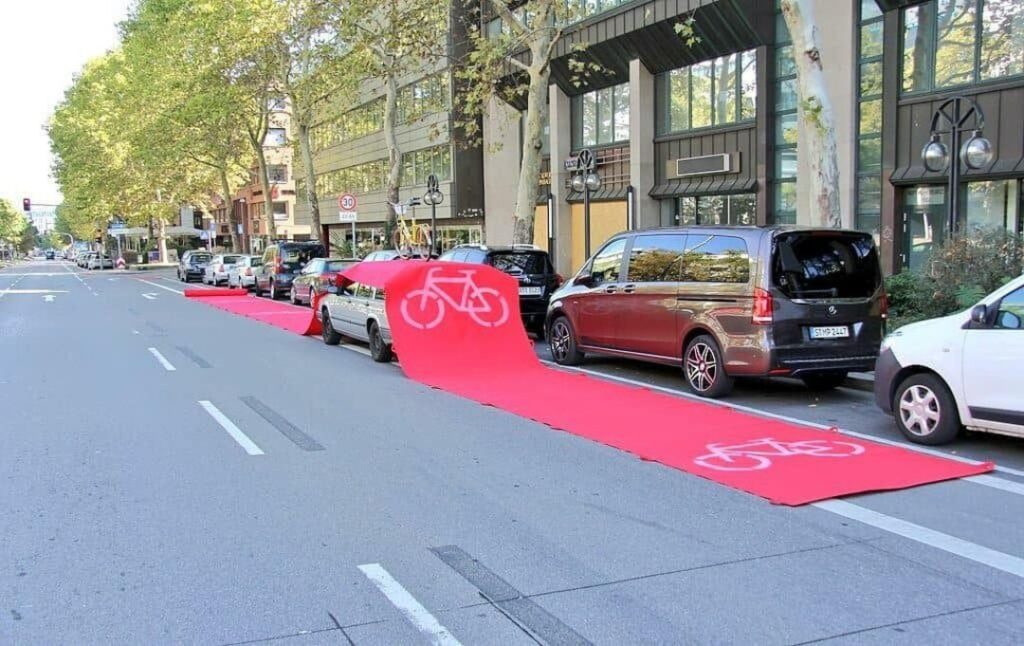
Tactical Urbanism as a reclamation of space
While spaces can be temporarily transformed by the governing body, in an end result similar to that of TU, TU is better understood as being prompted by the average resident. Given its relation to local actors and advocates, TU is a form of grassroots activism for an improved urban space. It is often planned, orchestrated, and executed by local stakeholders in the community. It is a voice for the locals to shape the public in a way that is beneficial to their needs and desires; to their cultures and identities.
In the sphere of urbanism, there is a common saying that the public is shaped by its people, and the people too by the public realm. Who, then, is able to influence the public space? Who can mould and mend the urban form to better represent the local cultures? Is it the official governing body only? TU, then, is a direct advocacy of the local residents to reclaim their ability to shape the public realm.
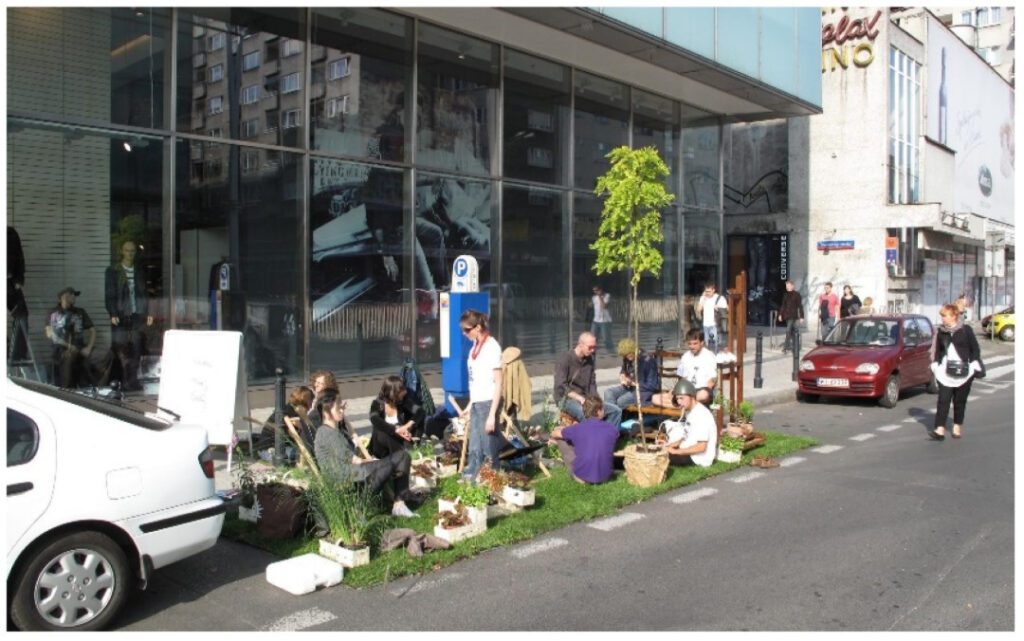
Source: Website Link
The disconnect between urbanism and political will
As mentioned earlier in the article, the fulfilment of urbanist agendas is a timely and costly endeavor. Urban planning requires, well, planning. It requires in-depth processes to ensure a project is created successfully. This is a good thing. Permanent changes to the urban space should be well-researched to ensure their thoughtful implementation.
Where TU shines is in its impermanence. Most installations exist for only a few hours, or at most, up to a week or two before they are removed. Often, NIMBYism, fear of political backlash, and other roadblocks stand in the way of implementing even the simplest changes. TU allows residents to cut through the red tape themselves, asking for forgiveness rather than permission.
In an email conversation between my local government’s office on planning and myself, we reached the conclusion that we were on the same side, ideologically speaking. Their office knew all there was to know about the new theories and methods within the urbanist academic zeitgeist. It was not for a lack of knowledge that these projects were delayed, but rather an immensely difficult endeavor convincing the constituents to vote in your favor.
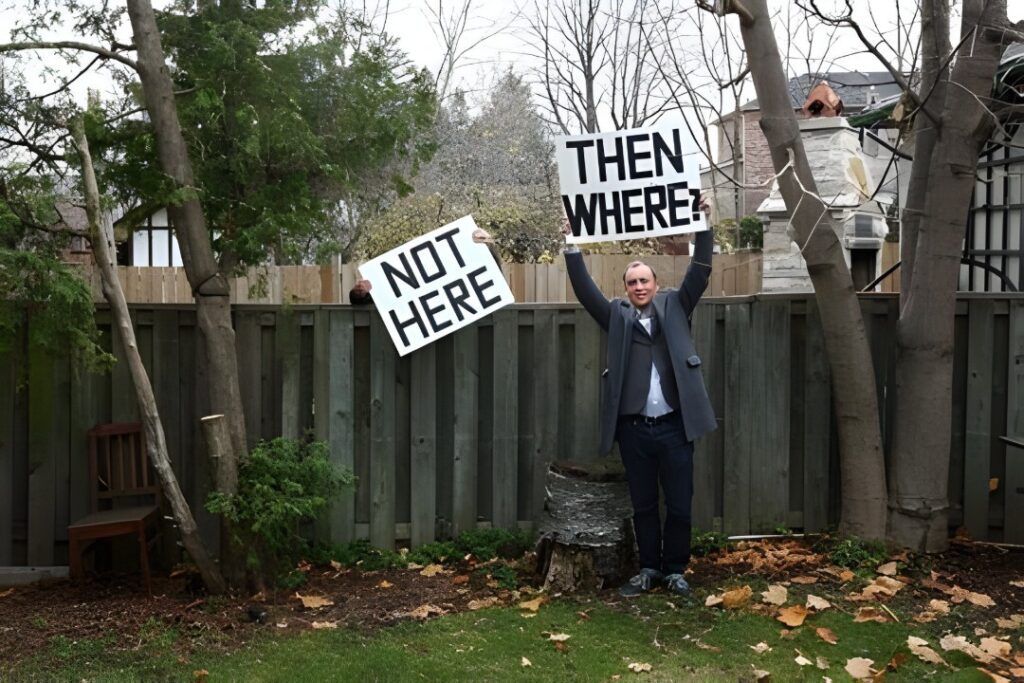
Community governance at the neighbourhood level
TU offers a form of community governance. It allows for neighbourhoods or blocks to influence the fabric of their realm without requiring the blessings of non-stakeholders. A single parking spot being used as a mini-park (see ‘PARKing Days’) does not necessarily affect the voters on the opposite side of the district. TU offers grassroots advocacy for local stakeholders to influence their local public
In the formal sphere, a good comparison would be the delegation of responsibilities to different districts. In Montreal, for example, the happenings within a borough are solely the business of the local municipality, and does not usually require a city-wide effort to reach a majority vote; only those within the borough need to be in agreement.
Small, localized communities at the scale of a city block or street can have a similar form of self-governance. If the local residents see the need to change a physical aspect of their community, the opinions and concerns of non-stakeholders are moot. The actors within TU can then be the foundations for a neighbourhood committee which advocates for positive changes within their community.
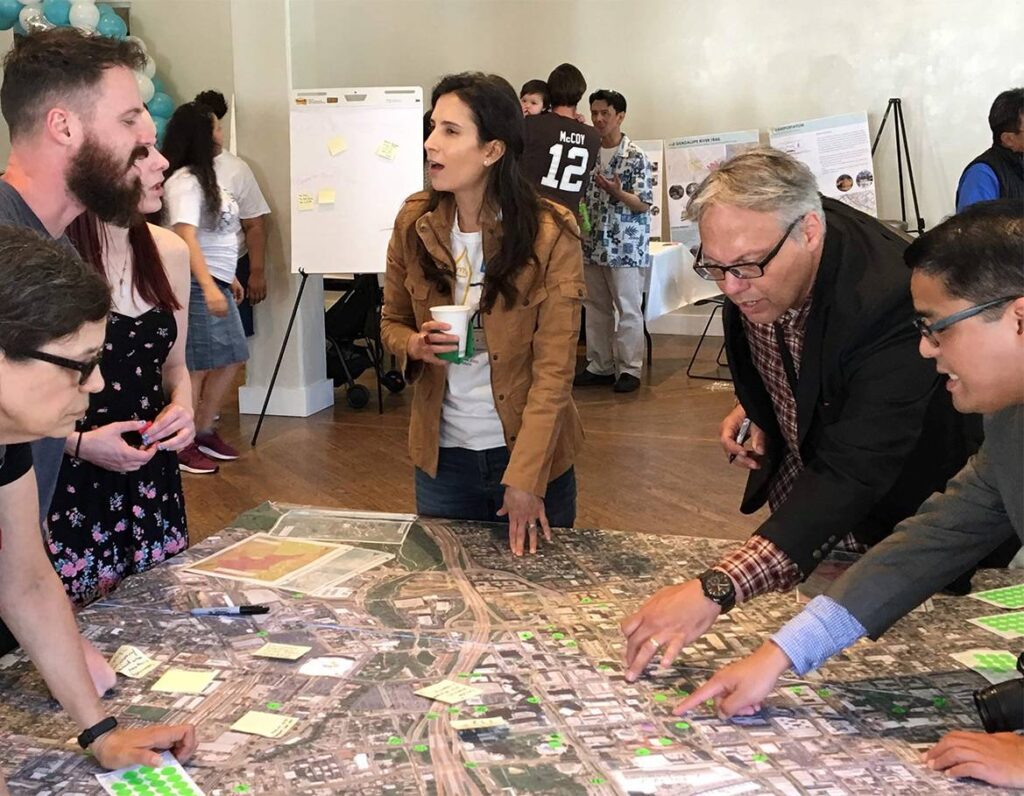
Case Study: Intersections and Crossings
An iconic example of TU is improving pedestrian infrastructure where there is need, but there has not been an official effort made towards improvement. A TU group based out of Los Angeles, Crosswalk Collective, seeks to improve pedestrian safety by improving—or adding— crosswalks to streets where there is need. These crosswalks are not placed haphazardly, so as to increase risk to pedestrians. They target neglected, existing crosswalks, but they mostly place these informal crosswalks in places that ought to have them to begin with. A 4-way intersection on a quiet street, but no crosswalks would be a prime target.
“We are a small group of community members who have tried for years to request crosswalks and other safe streets infrastructure the official way… we’ve been met with delays, excuses, and inaction from our city government… The city doesn’t keep us safe, so we keep us safe,” they stated on social media.
The group has fought an uphill battle, with the city removing many installations, largely citing their side-stepping of the legal avenue rather than any fault with the crosswalks themselves.
This showcases how TU is, in a form, a protest against the lack of support from the city.
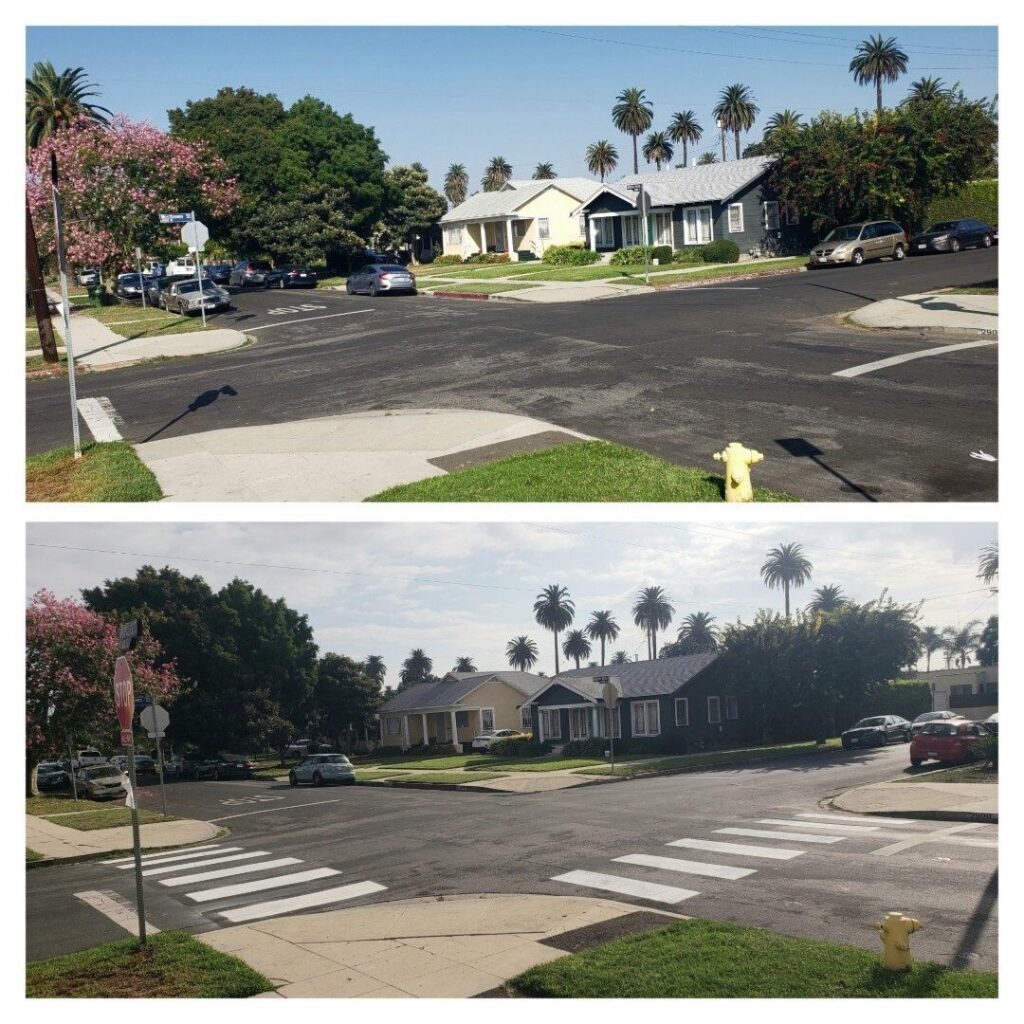
Case Study: Critical Mass
In recent times, the need for proper cycling infrastructure in our cities has been steadily brought to our attention. In a similar way to the informality displayed by many tactical urbanists, an international organization has mobilized this desire. Critical Mass began in the early 90s as a protest against the systemic neglect of cycling. The name references the physics concept of critical mass, where there exists a ‘tipping point’ before a nuclear reaction is self-sustaining. Once enough people cycle and use this space, the easier it will be for more and more people to cycle.
Typically held on the last Friday of the month, the group hosts large scale bike rides. Dozens of cyclists overwhelm the streets, commandeering the roadways from the typical car traffic. The purpose is to show to the local municipality that people would bike more if there was adequate infrastructure; that the residents reject the current ecosystem of the city’s streets.
Critical Mass-type events allow for people to see their city by bike, maybe for the first time, without fear of a car accident. Here in Montreal, it is a common sight to see families with young children join in on the festivities.
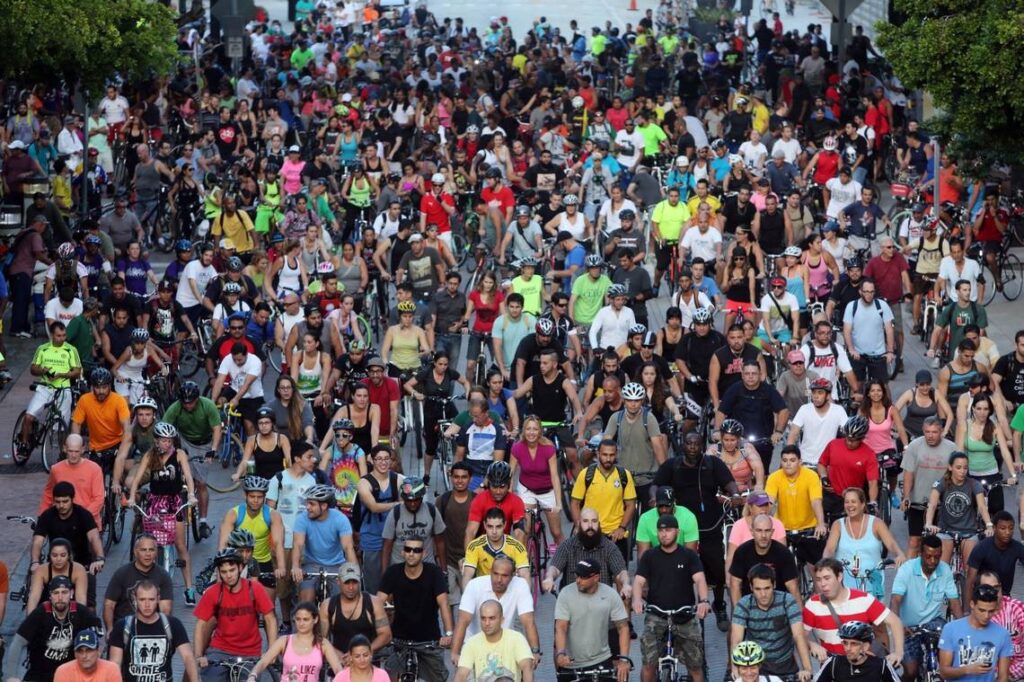
Case Study: Bus Stop Benches and 'Chair Bombing'
Another TU group called the Charlotte Urbanists has taken it upon themselves to better their city, one bench at a time. The residents of this community were disappointed that their city didn’t provide nearly enough adequate seating at bus stops.
“This project provides riders with the comfort and dignity of a place to sit, and serves to highlight the lack of basic amenities at many bus stops,” their website states.
In many North American cities, there is a cultural stigma behind buses; only those without have to resort to riding the bus. Busses are afterthoughts, if they are thought about at all. It is not an uncommon sight to see a bus stop being nothing more than a sign in the ground, with no shelter, benches, or other basic amenities available.
Activists and proponents of TU have taken after the example of Charlotte Urbanists and have been placing benches and chairs at bus stops, on curbs, and in places where a spot to sit and relax would be a nice touch. These ‘Chair Bombers’ will craft seating out of scrap wood, pallets, and any other upcycled material available.
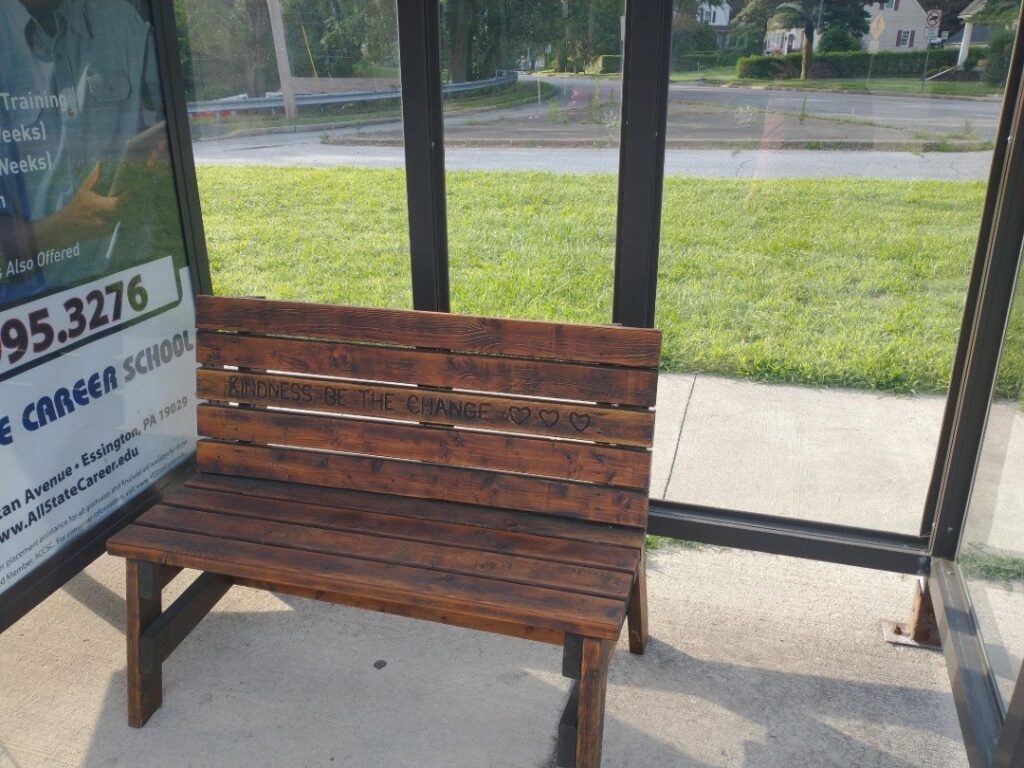
Conclusion
Tactical Urbanism is a powerful tool that reimagines who has the right to shape our cities. By empowering residents to take action, often in small ways, TU provides a framework for testing ideas; it allows for the reclamation of space, encouraging more inclusive, responsive urban planning. It challenges the status-quo of top-down governance; meaningful urban improvements do not always require massive budgets, extensive planning, or widespread political consensus.
TU demonstrates that grassroots efforts can initiate real conversations, highlight overlooked needs, and place pressure on cities to listen. These interventions are not only functional; they serve as symbolic protests against the current urban climate. They prove that communities understand their own needs and are willing to act, even when doing so may mean circumventing official channels. While Tactical Urbanism is not a substitute for formal planning, it is a valuable complement; it offers a space for experimentation and local advocacy that can inform more permanent solutions. As cities continue to grow and face complex challenges, Tactical Urbanism reminds us that the future of public space does not belong solely to institutions. It belongs to the people who live in, move through, and shape these spaces every day.
References
- Amin, A. (2008). Collective culture and urban public space. City, 12(1), 5–24. https://doi.org/10.1080/13604810801933495
- Bodnar, J. (2015). Reclaiming public space. Urban Studies, 52(12), 2090–2104. https://doi.org/10.1177/0042098015583626
- Cash, C. (2015). Good governance and strong political will: Are they enough for transformation? Land Use Policy, 50, 301–311. https://doi.org/10.1016/j.landusepol.2015.10.009
- Charlotte Urbanists. (2025). https://www.clturban.ist/
- Crosswalk Collective LA. Crosswalks Collective LA. (2022). https://crosswalksla.org/
- Masse Critique Montréal. Facebook. (2025). https://facebook.com/people/Masse-Critique-Montr%C3%A9al/100069287627769
- Political Economy and Urban Sociology: A new paradigm • sociology.institute. Sociology Institute. (2025, March 27). https://sociology.institute/urban-sociology/political-economy-urban-sociology-new-paradigm/
- Street Plans. (2012, March 13). Tactical Urbanism Vol. 1. Issuu. https://issuu.com/streetplanscollaborative/docs/tactical_urbanism_vol.1
- Tactical Urbanism. Tactical Urbanist’s Guide to Getting it Done. (2025). https://tacticalurbanismguide.com/about/
- Talib, H. (2024, July 17). Urbanism: How does political governance create urban change?. Husam Talib. https://husamtalib.com/urbanism-how-does-political-governance-create-urban-change/

Ethan Anderson
About the author
Studying for his BA in Urban Studies, Ethan seeks to improve the modern urban fabric through novel implementations of both new and old ideas. Born and raised in a town that rose and fell at the hands of the now defunct railway, it has been a constant and everpresent reminder how influential the built environment is to our success as a community.
Related articles

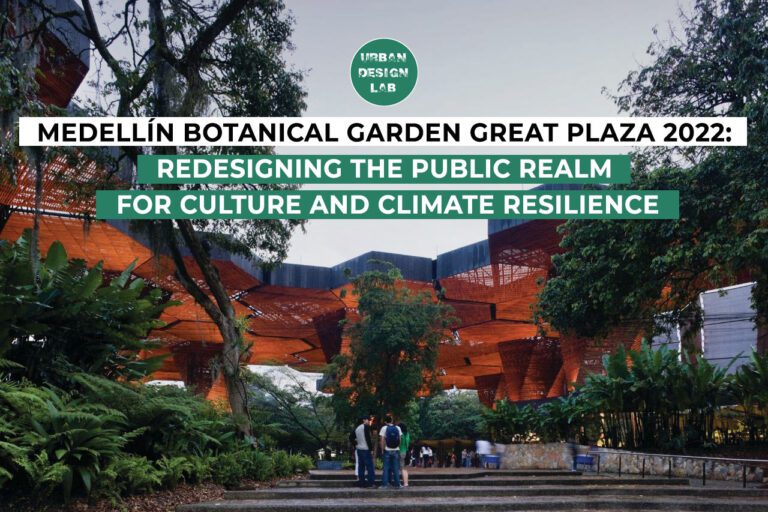
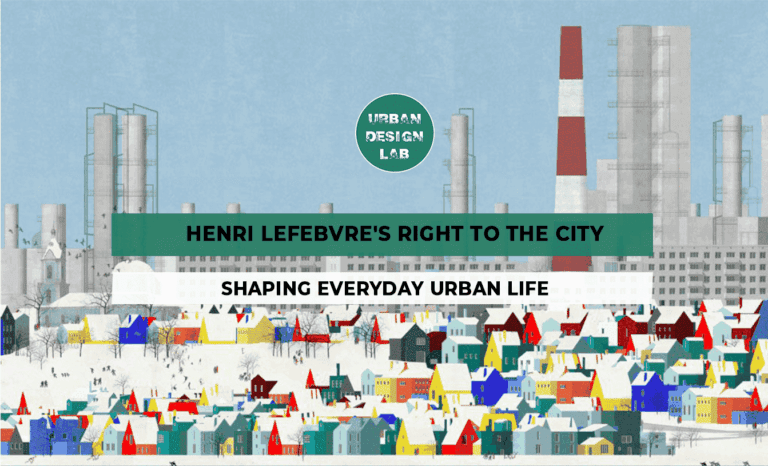
Henri Lefebvre’s Right to the City: Shaping Everyday Urban Life
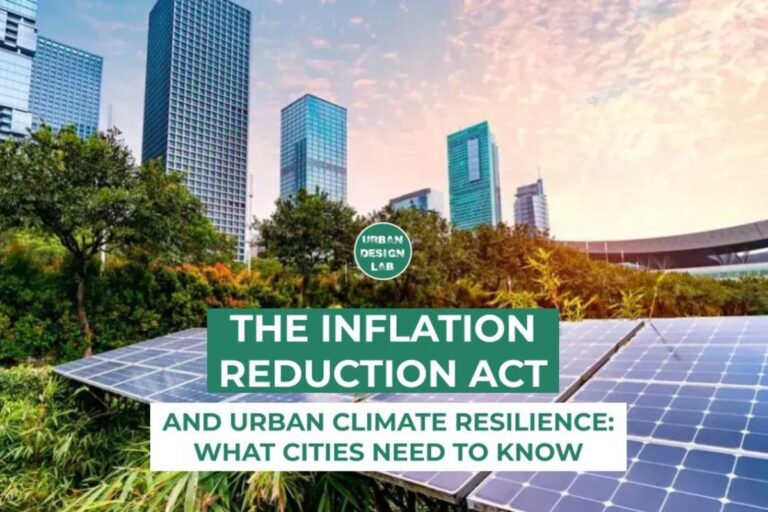
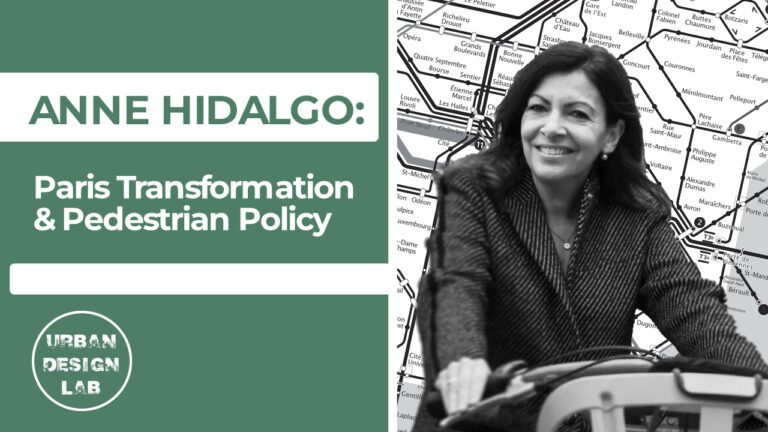
Anne Hidalgo – aris Transformation & Pedestrian Policy
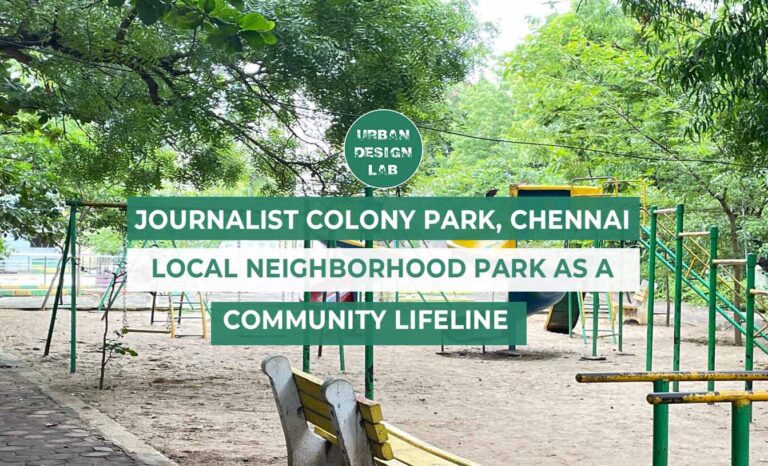
UDL Illustrator
Masterclass
Visualising Urban and Architecture Diagrams
Session Dates
17th-18th January 2026

Urban Design Lab
Be the part of our Network
Stay updated on workshops, design tools, and calls for collaboration
Curating the best graduate thesis project globally!
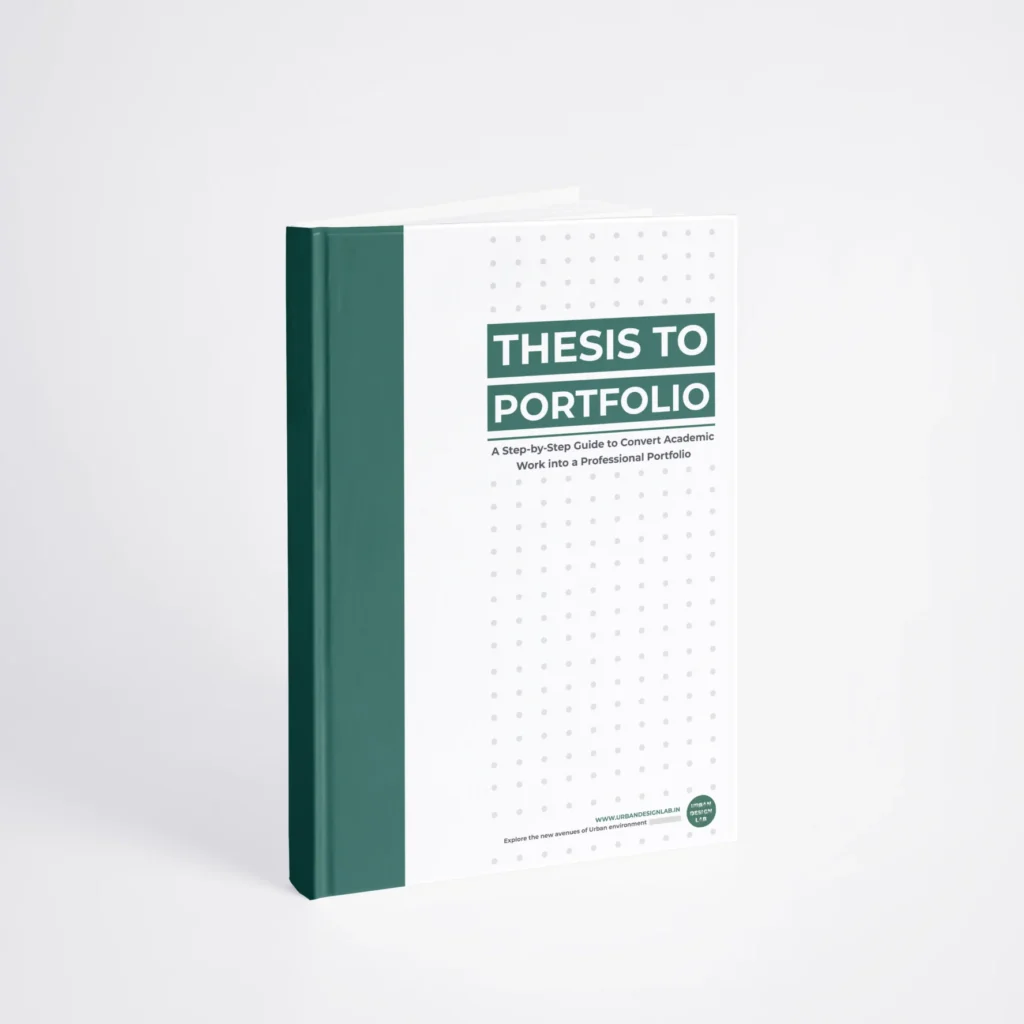
Free E-Book
From thesis to Portfolio
A Guide to Convert Academic Work into a Professional Portfolio”
Recent Posts
- Article Posted:
- Article Posted:
- Article Posted:
- Article Posted:
- Article Posted:
- Article Posted:
- Article Posted:
- Article Posted:
- Article Posted:
- Article Posted:
- Article Posted:
- Article Posted:
Sign up for our Newsletter
“Let’s explore the new avenues of Urban environment together “
